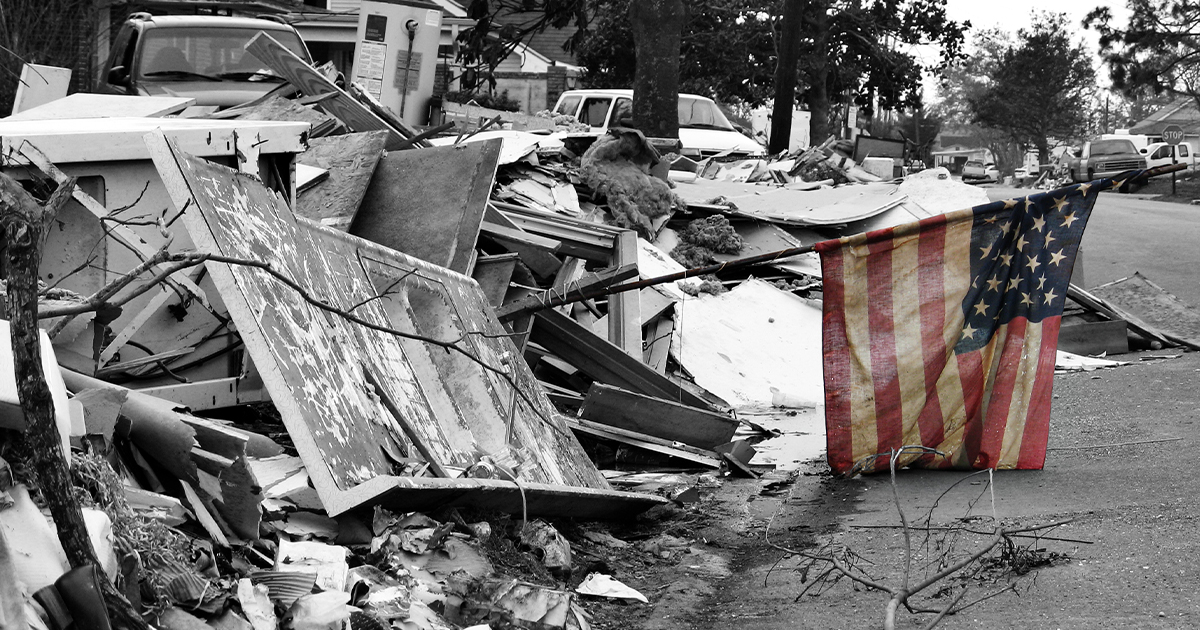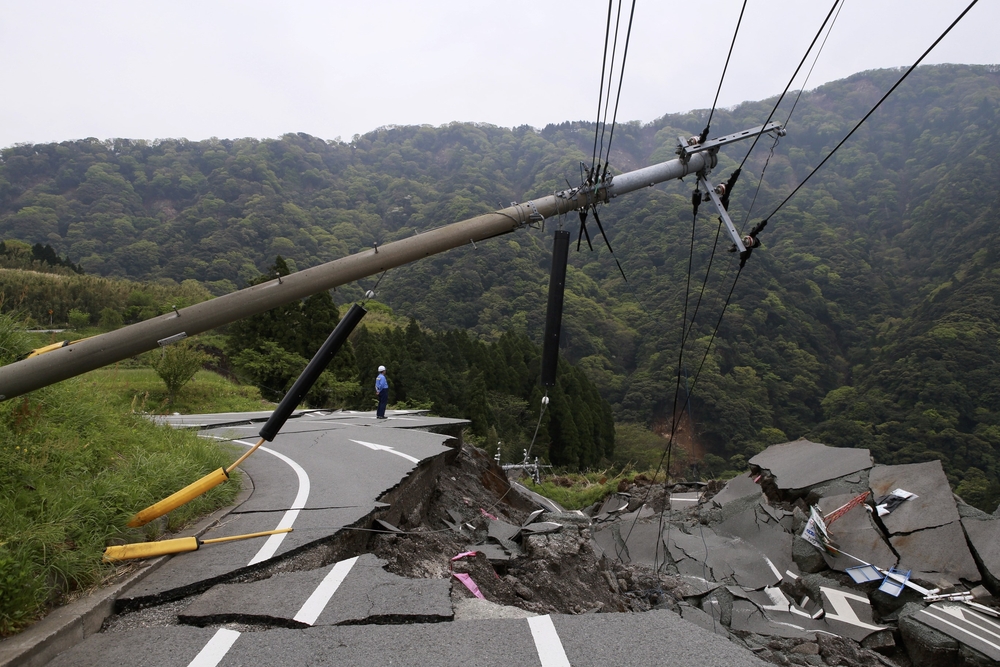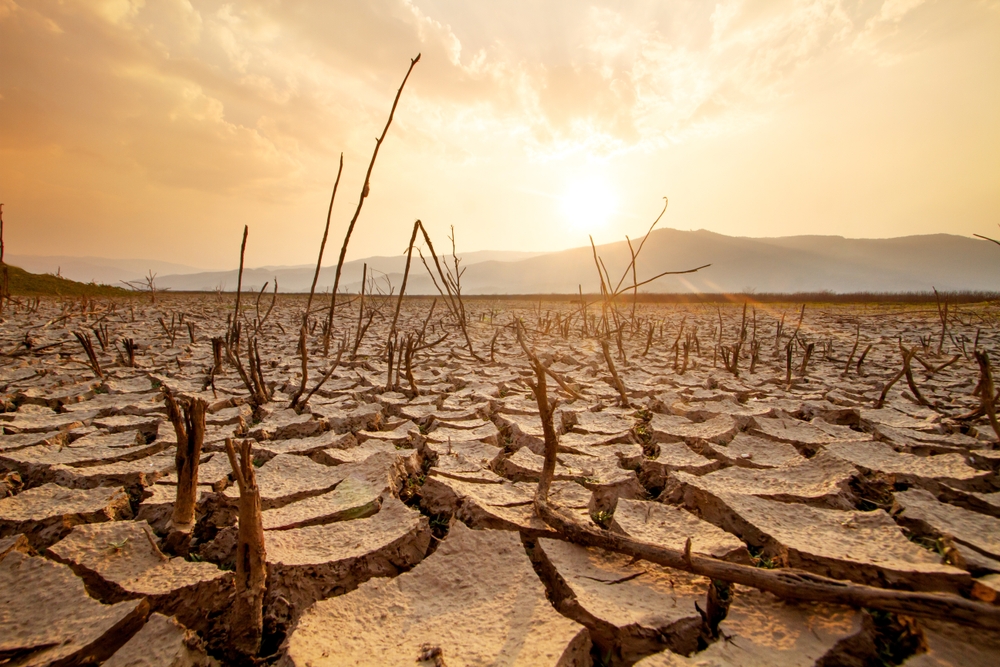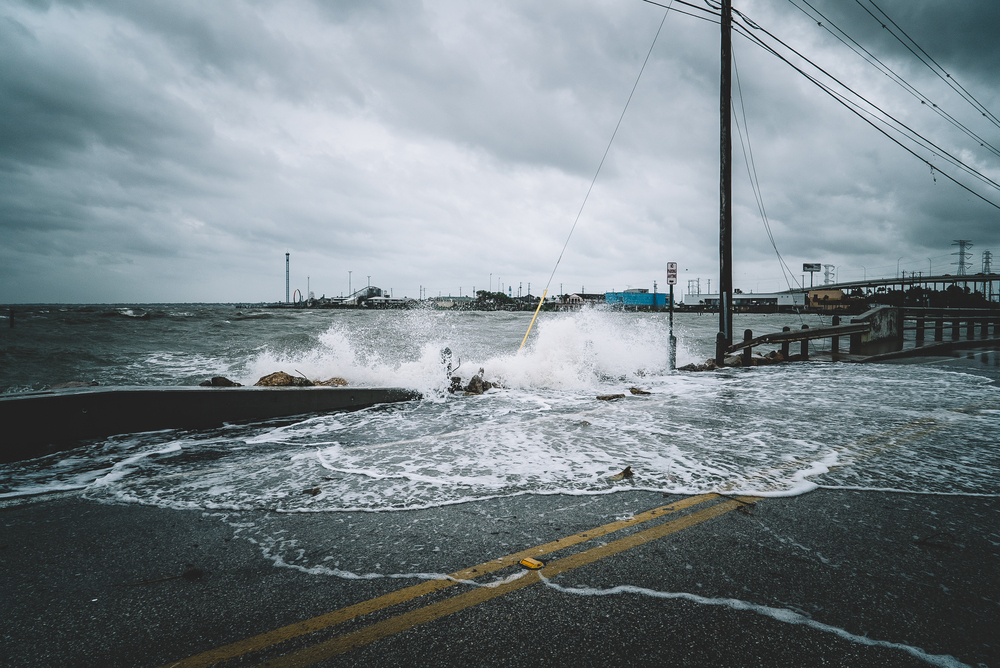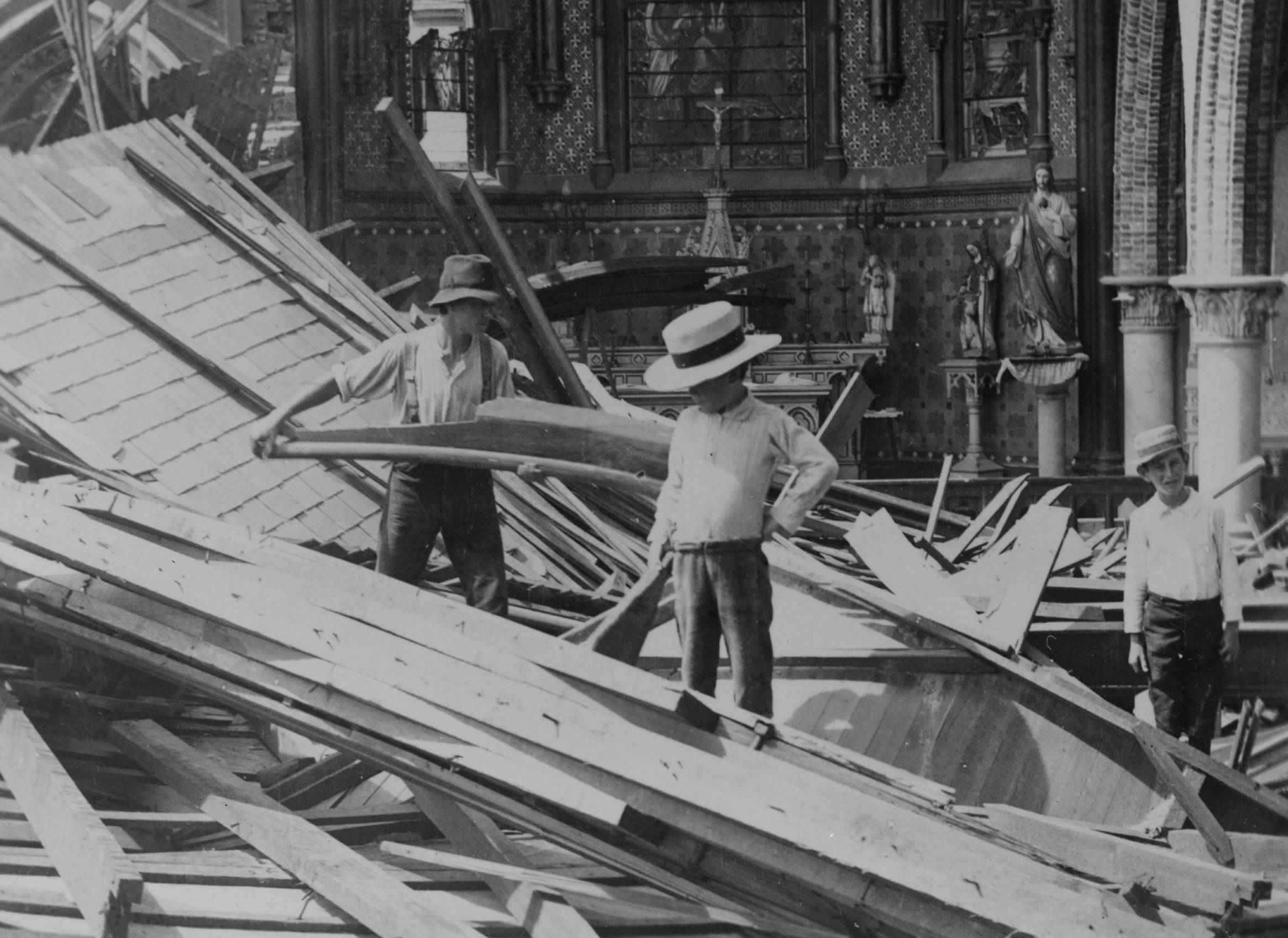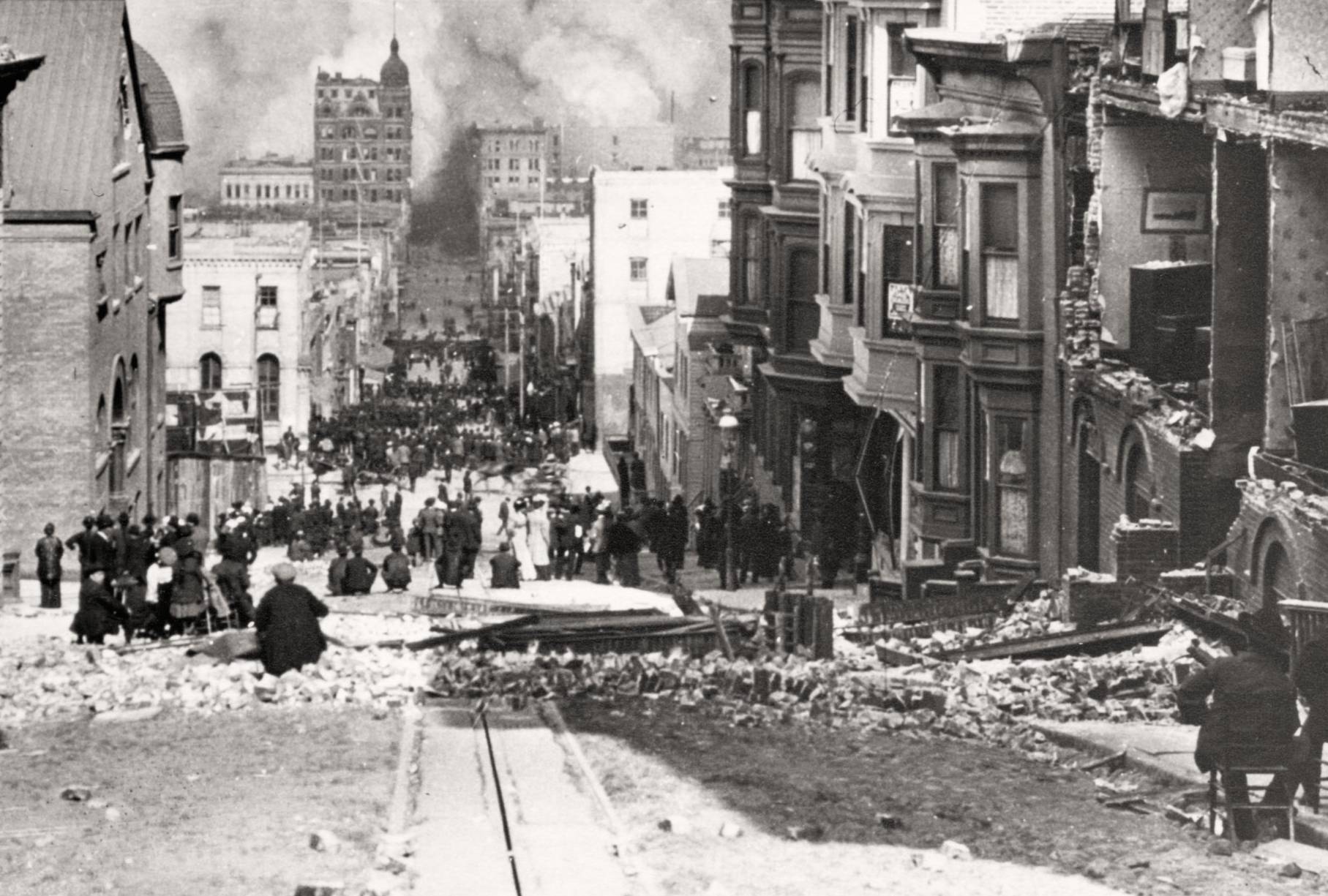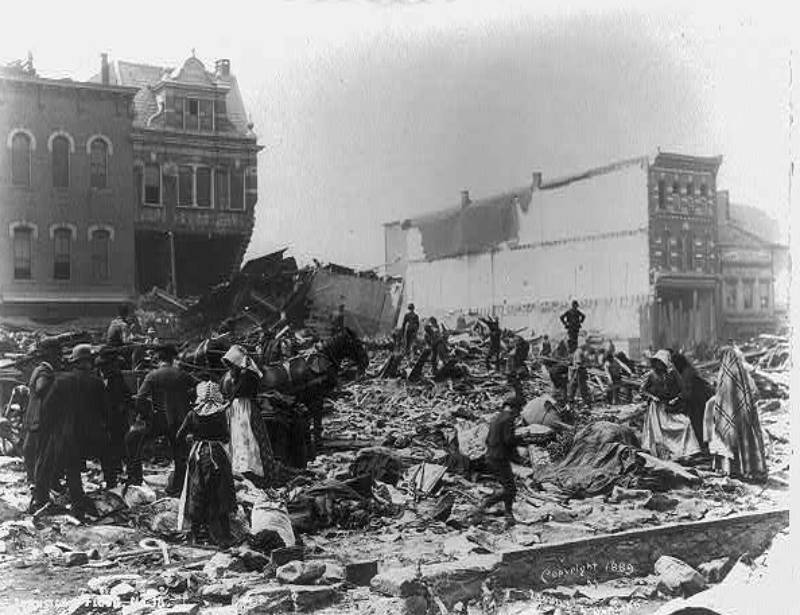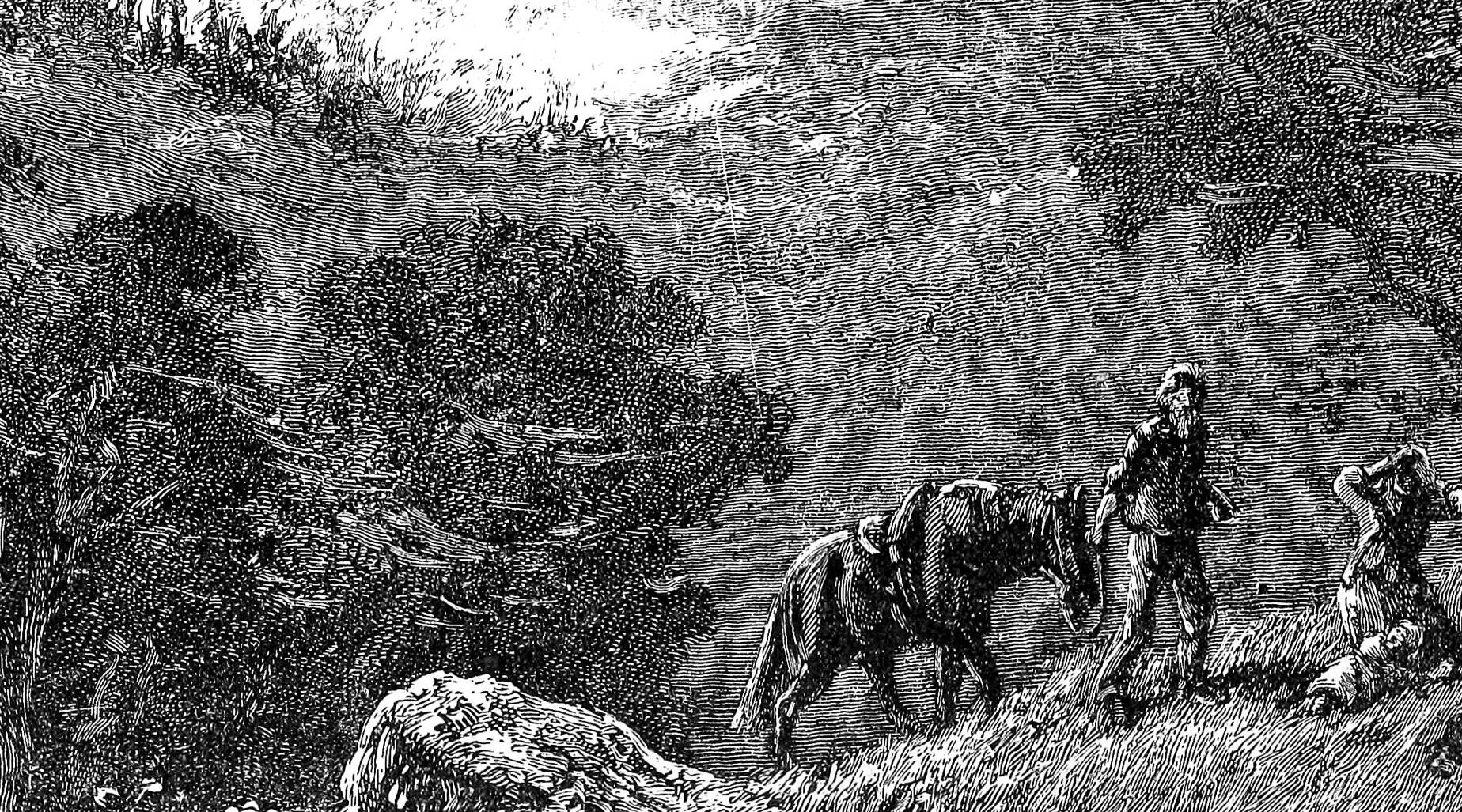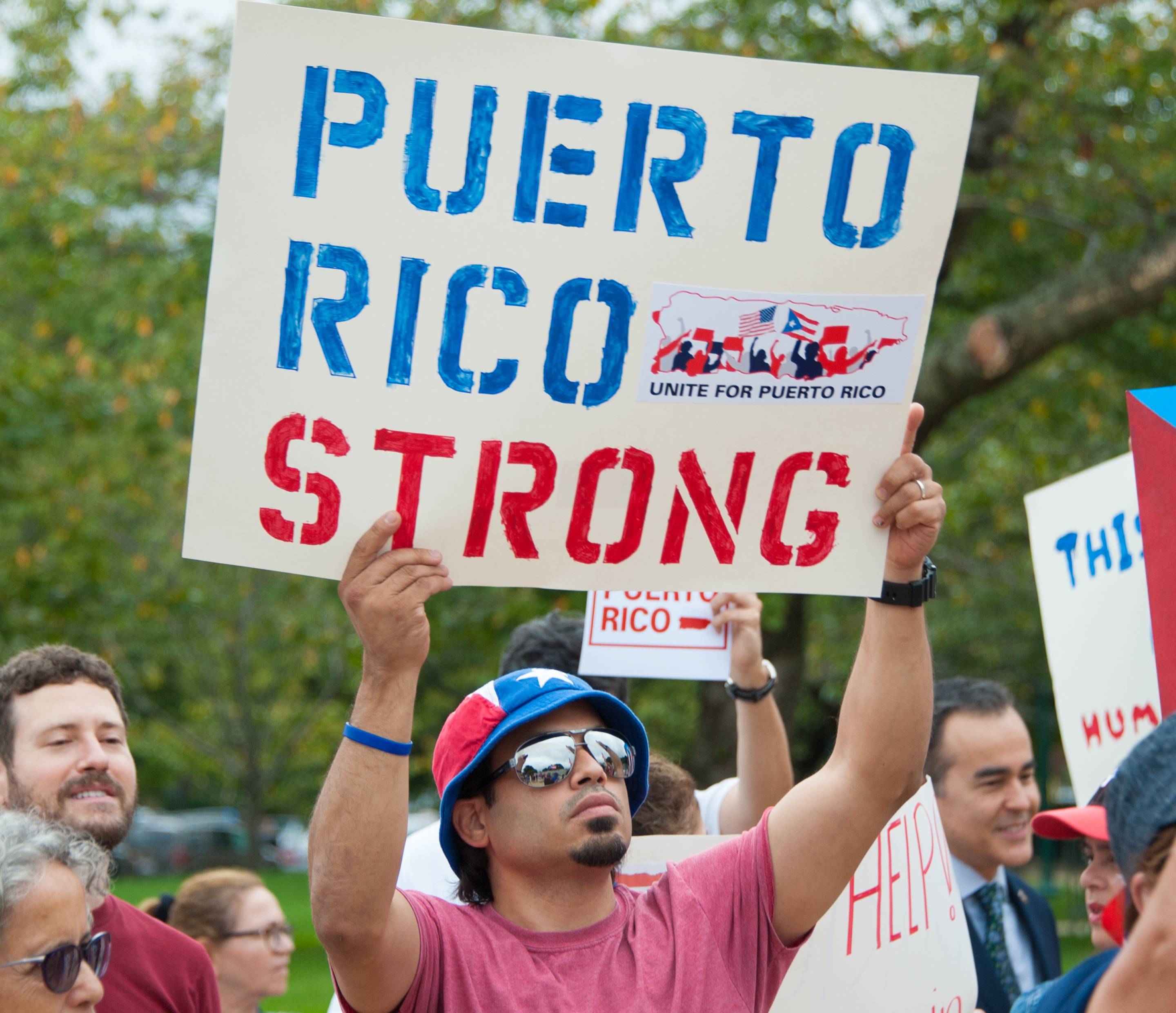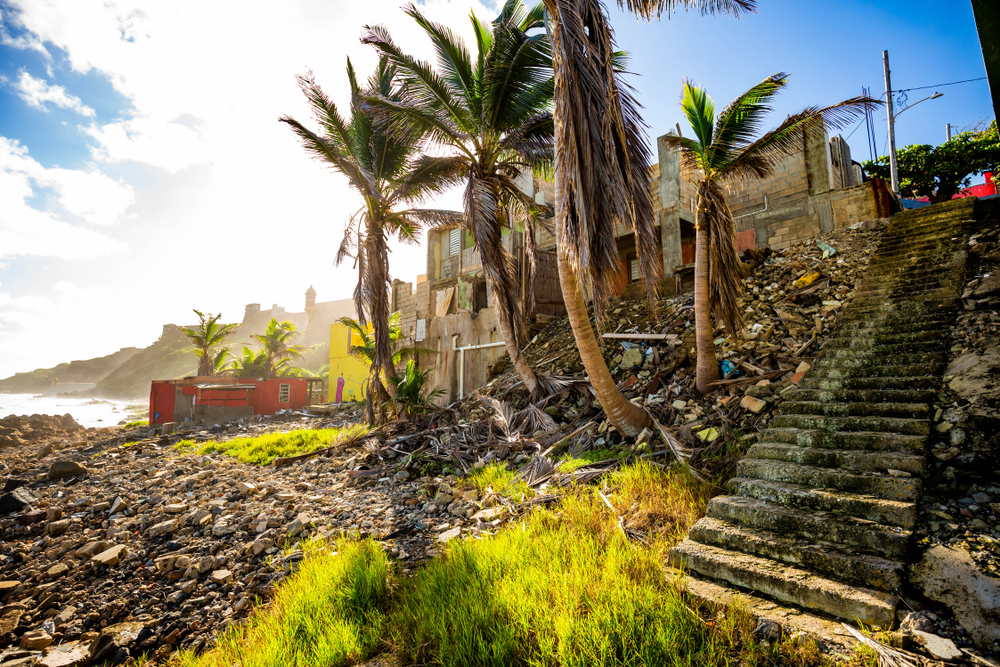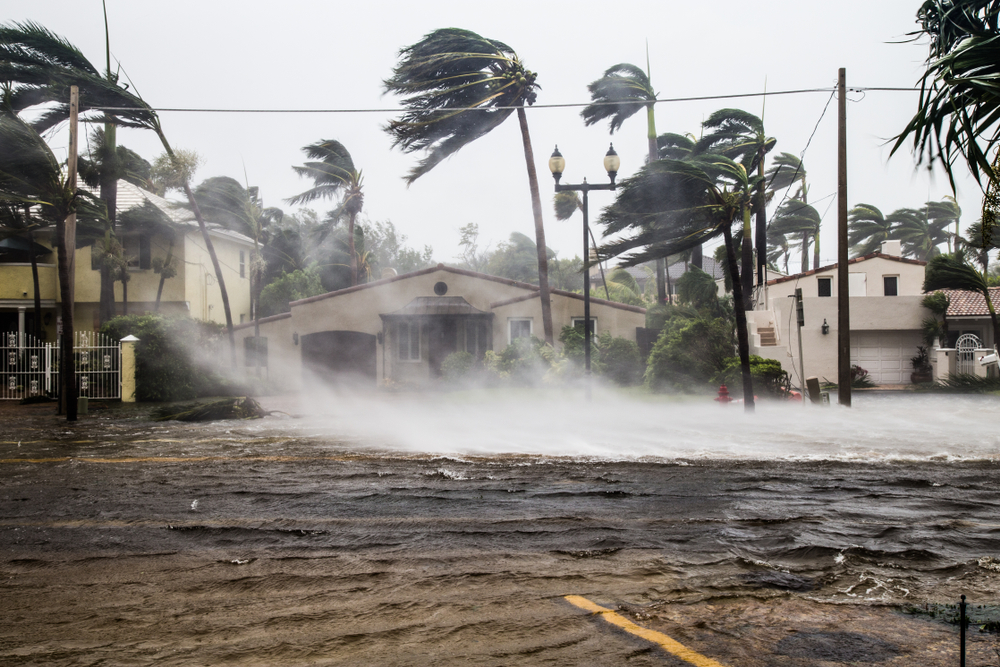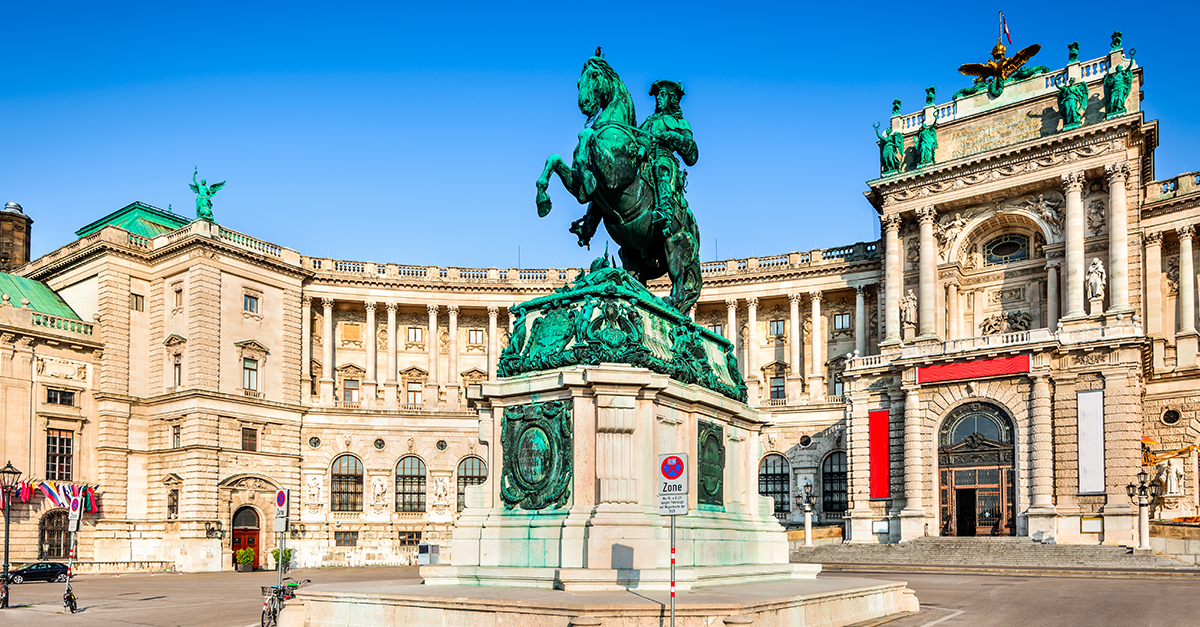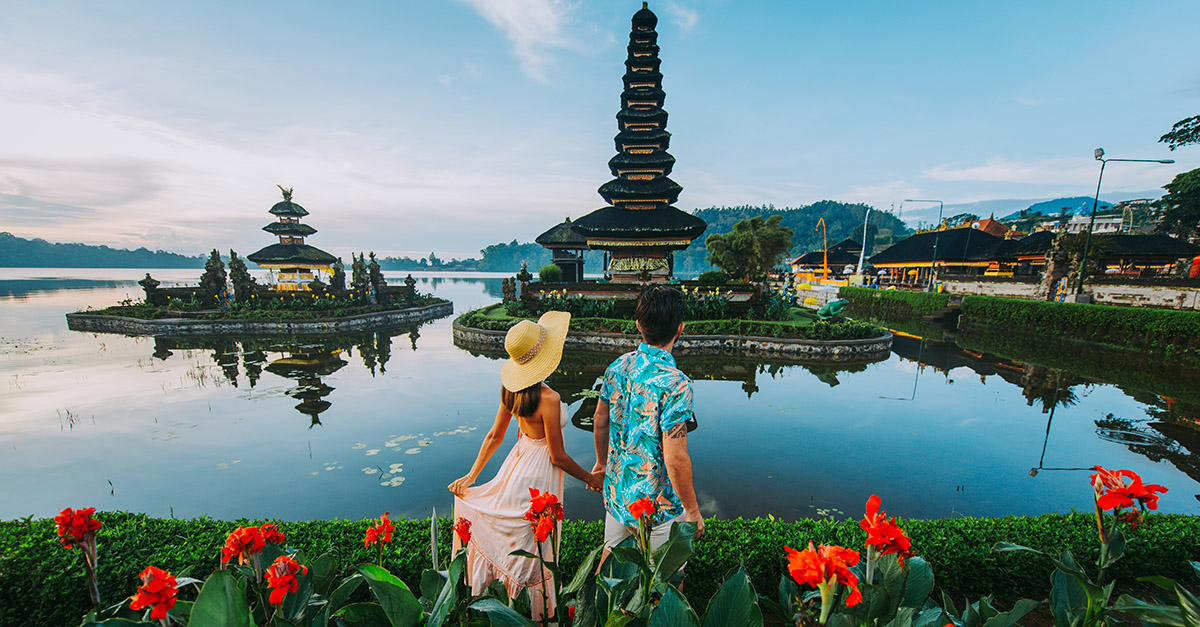Devastating Natural Disasters in the U.S.
Throughout American history, natural disasters have struck with terrifying force—reshaping cities, claiming lives, and leaving billions in damage behind. From raging wildfires and catastrophic floods to powerful hurricanes and deadly earthquakes, these events serve as chilling reminders of nature’s raw power. Here are some of the most devastating disasters ever to hit the US—each one a moment when the nation stood still.
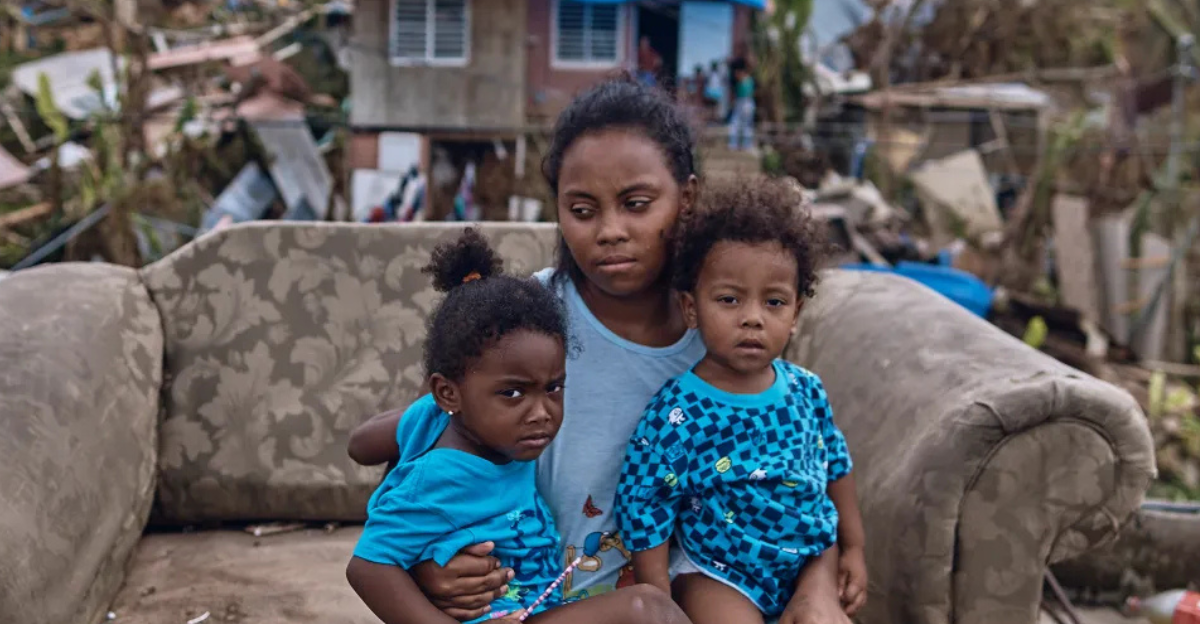
Definition of Natural Disaster
Before we dive into the actual events that have taken place, let’s gain a better understanding of natural disasters.
A natural disaster is defined as “the highly harmful impact on a society or community following a natural hazard event.”
Examples of Natural Disasters
Natural disasters can include: flooding, drought, earthquakes, tropical storms, hurricanes, tsunamis, volcanic activity, wildfires, heat waves, avalanches, and more.
Impact on Society
Natural disasters typically cause loss of life and damage to property. Most often, natural disasters also leave hefty economic damage in their wake.
Climate Change Effects
According to Wikipedia, some of the 18 natural disasters included in the National Risk Index of FEMA now have a higher probability of occurring, and at higher intensity, due to the effects of climate change.
These include heat waves, droughts, wildfires and coastal flooding.
Natural Disasters in the U.S.
The United States has experienced 377 weather and climate disasters since 1980, with a total damage cost exceeding $2.670 trillion.
Note: The cost estimates in this article include inflation rates for an estimated 2024 value.
Most Common Natural Disaster in the U.S.
Flooding is the most common natural disaster in the US, making up a staggering 90% of all events. States like New Jersey, New York, and Virginia are among the hardest hit. But while floods are frequent, they’re just one piece of the puzzle. Here are six of the worst natural disasters in US history—events that left lasting scars across the nation.
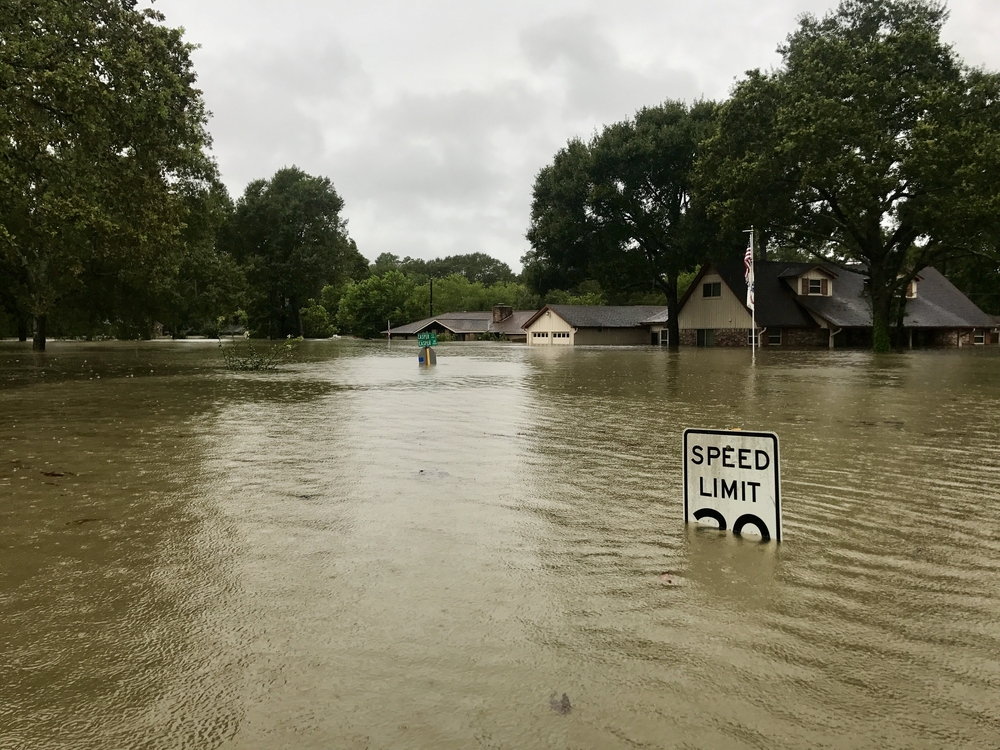 MDay Photography, Shutterstock
MDay Photography, Shutterstock
The Great Galveston Storm of 1900
On September 8th, 1900, in Galveston, Texas, an unnamed hurricane with 140mph winds slammed into the Gulf Coast.
This caused a 16-foot storm surge that nearly took out the entire population of the island.
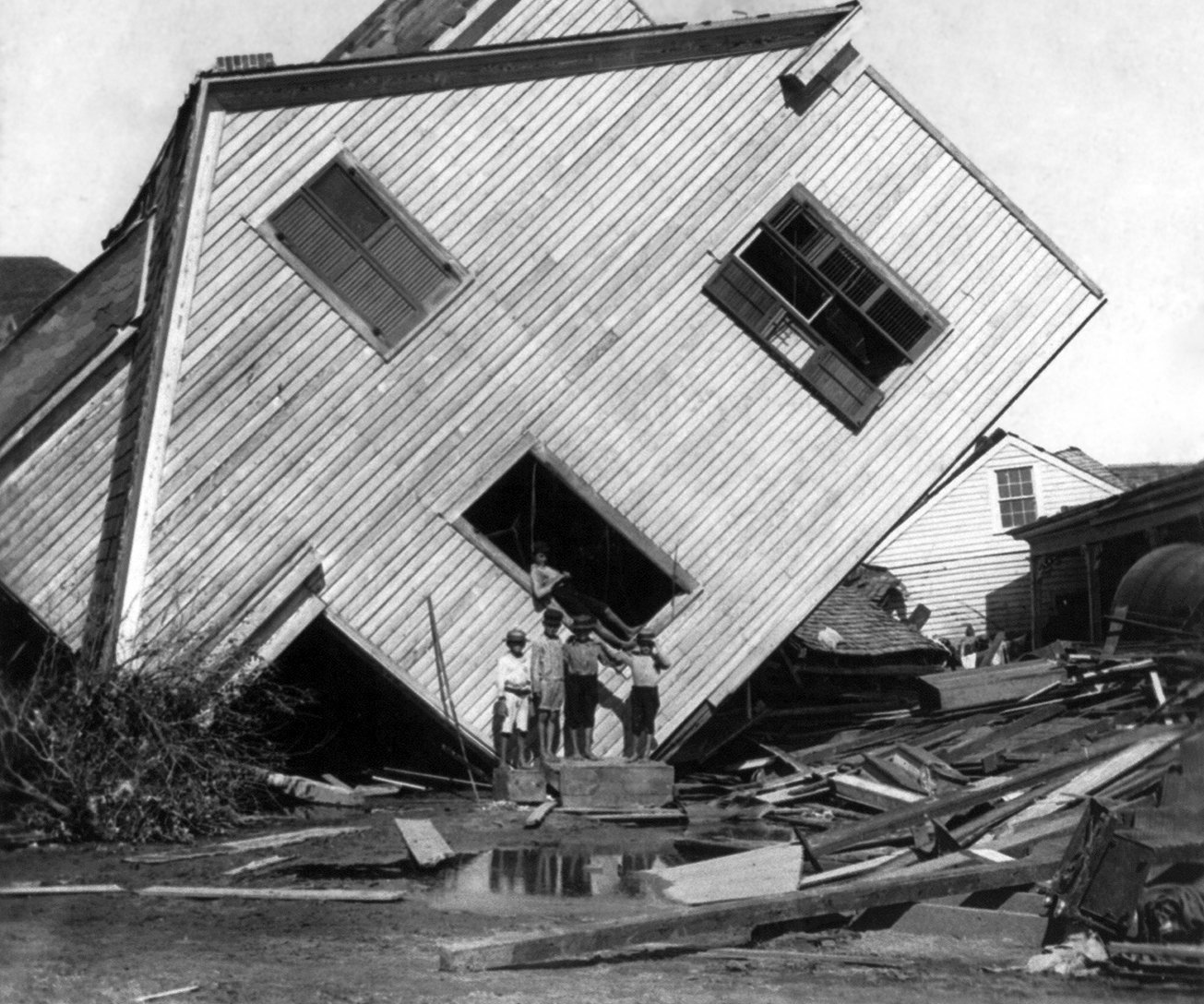 Library of Congress, Wikimedia Commons
Library of Congress, Wikimedia Commons
The Great Galveston Storm: Wreckage
The harrowing details of the aftermath include trolley tracks being ripped apart and smashing through buildings, a grand piano riding a 6-foot wave down Broadway, and a terrifying wind that witnesses describe as “a thousand little devils shrieking and whistling.”
Total estimated damage cost $1.25 billion.
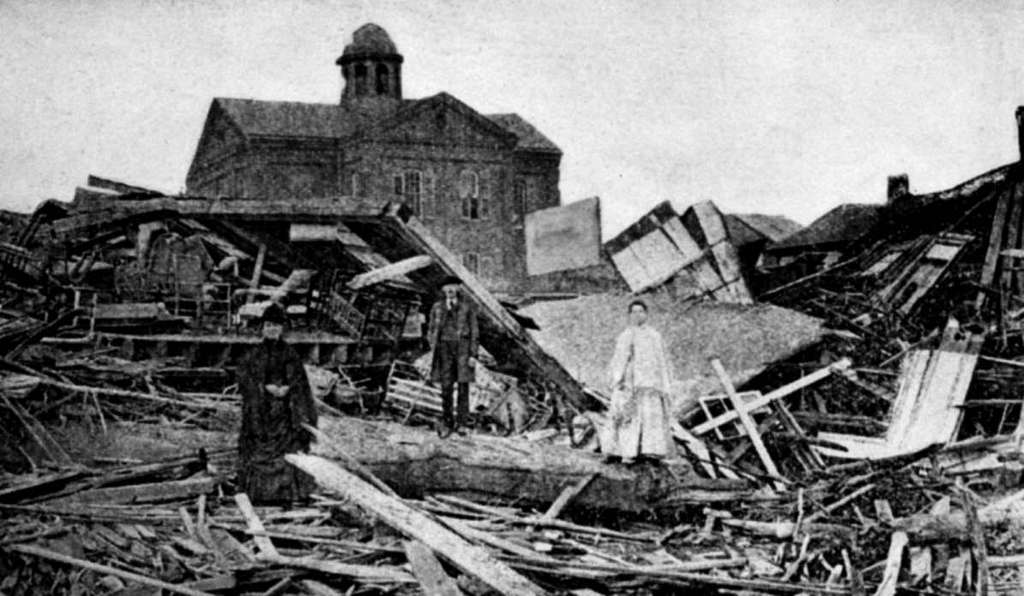 Unknown author, Wikimedia Commons
Unknown author, Wikimedia Commons
The Great Galveston Storm: Fatalities
An estimated 8,000 people lost their lives in the storm, making it the single deadliest in U.S. history.
 Library of Congress, Wikimedia Commons
Library of Congress, Wikimedia Commons
The Great Galveston Storm: Tragedy at St. Mary’s
The greatest tragedy of the storm happened to St. Mary’s Orphans Asylum, where 93 children and 10 nuns took refuge in the dormitory, after half of their building was lifted off its foundation and washed away.
Sadly, their desperate attempt to live was no match for the ugly storm.
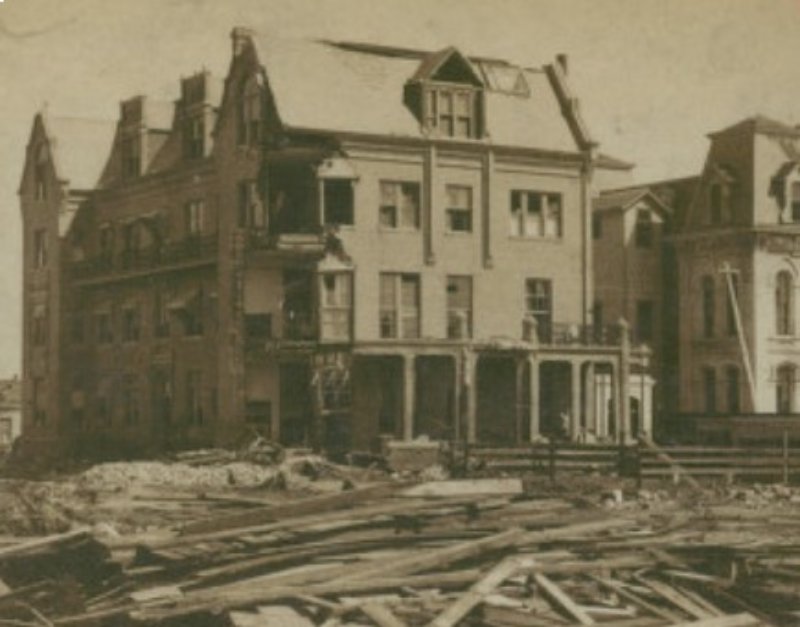 SMU Central University Libraries, Wikimedia Commons
SMU Central University Libraries, Wikimedia Commons
The Great Galveston Storm: Immense Loss
In a final act of desperation, the sisters used clothesline to tie themselves to the children, hoping to keep everyone together. That’s how most of their bodies were later found. Only three orphans made it out alive.
The San Francisco Earthquake and Fire of 1906
On April 18, 1906, at precisely 5:12am, residents of San Francisco were woken up with an intense jolt that gave only mere minutes of warning to what was about to happen next.
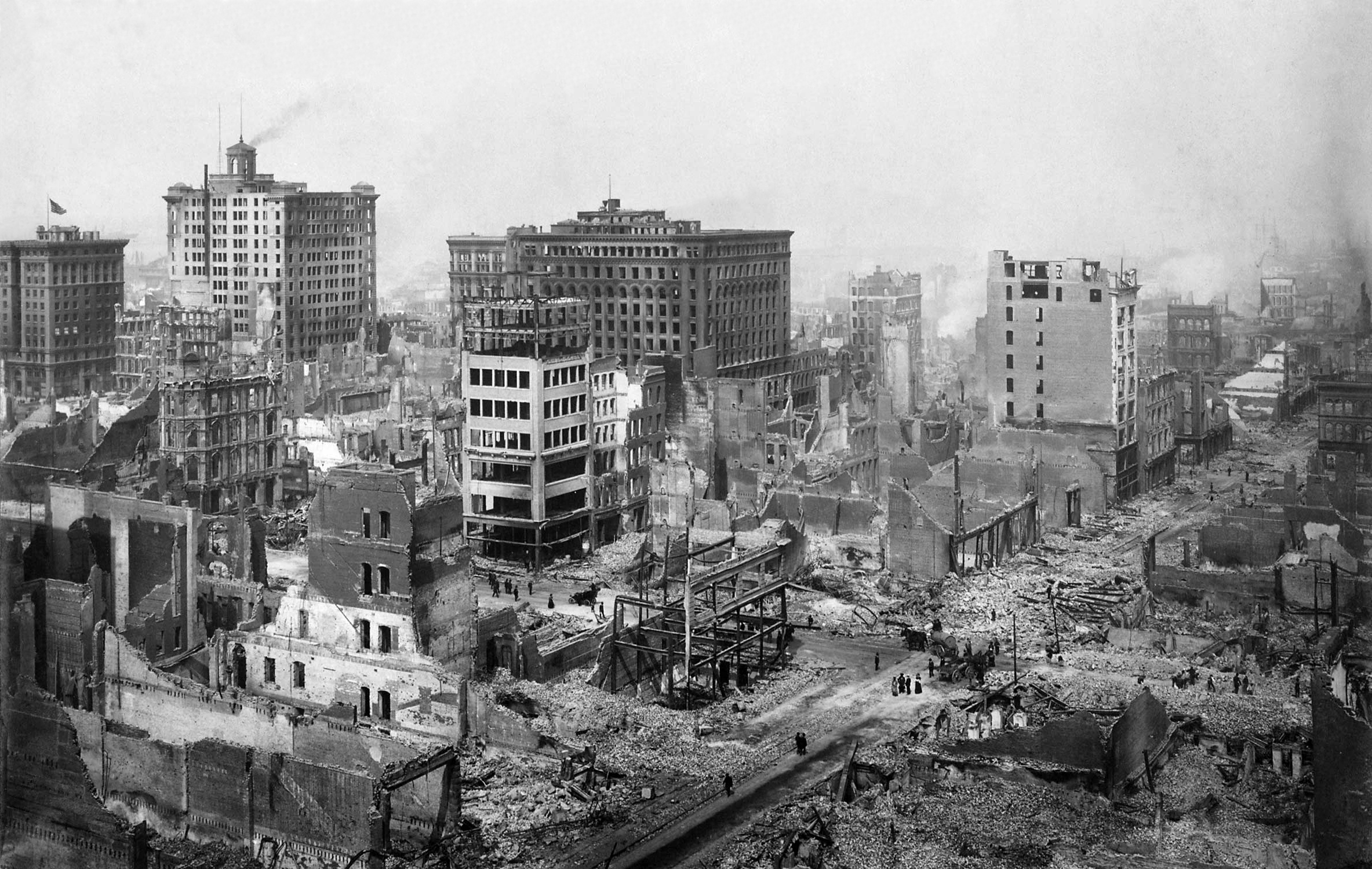 Chadwick, H. D, Wikimedia Commons
Chadwick, H. D, Wikimedia Commons
The San Francisco Earthquake and Fire: Earthquake
For almost an entire minute, San Francisco was rocked with a 7.9-magnitute earthquake that ripped a 296-mile fissure along the San Andreas Fault.
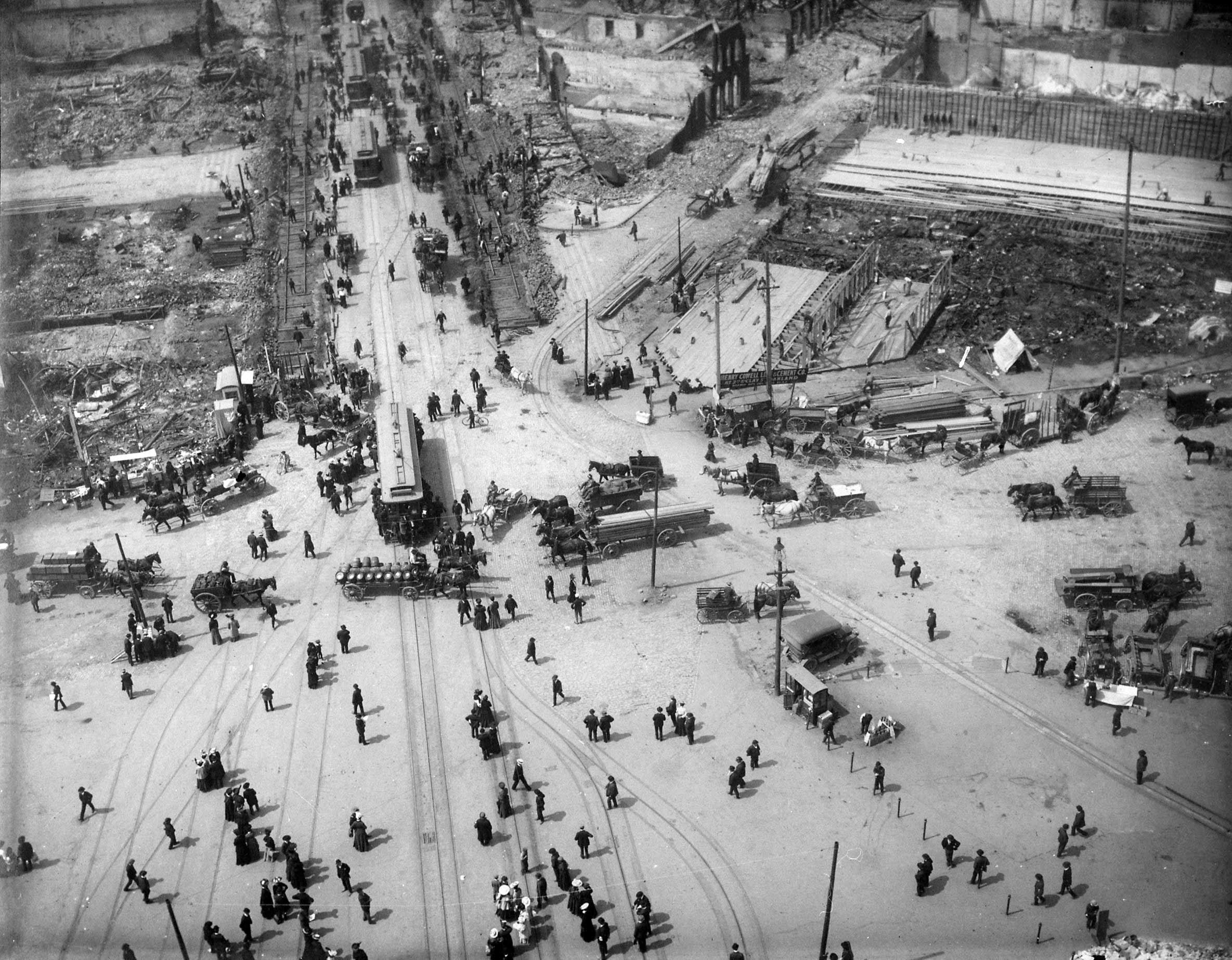 Unknown Author, Wikimedia Commons
Unknown Author, Wikimedia Commons
The San Francisco Earthquake and Fire: Wreckage
The earthquake completely leveled buildings and homes for as far as the eye could see. Complete devastation hit the 450,000 residents of the Northern California city.
But that was only the beginning of the nightmare.
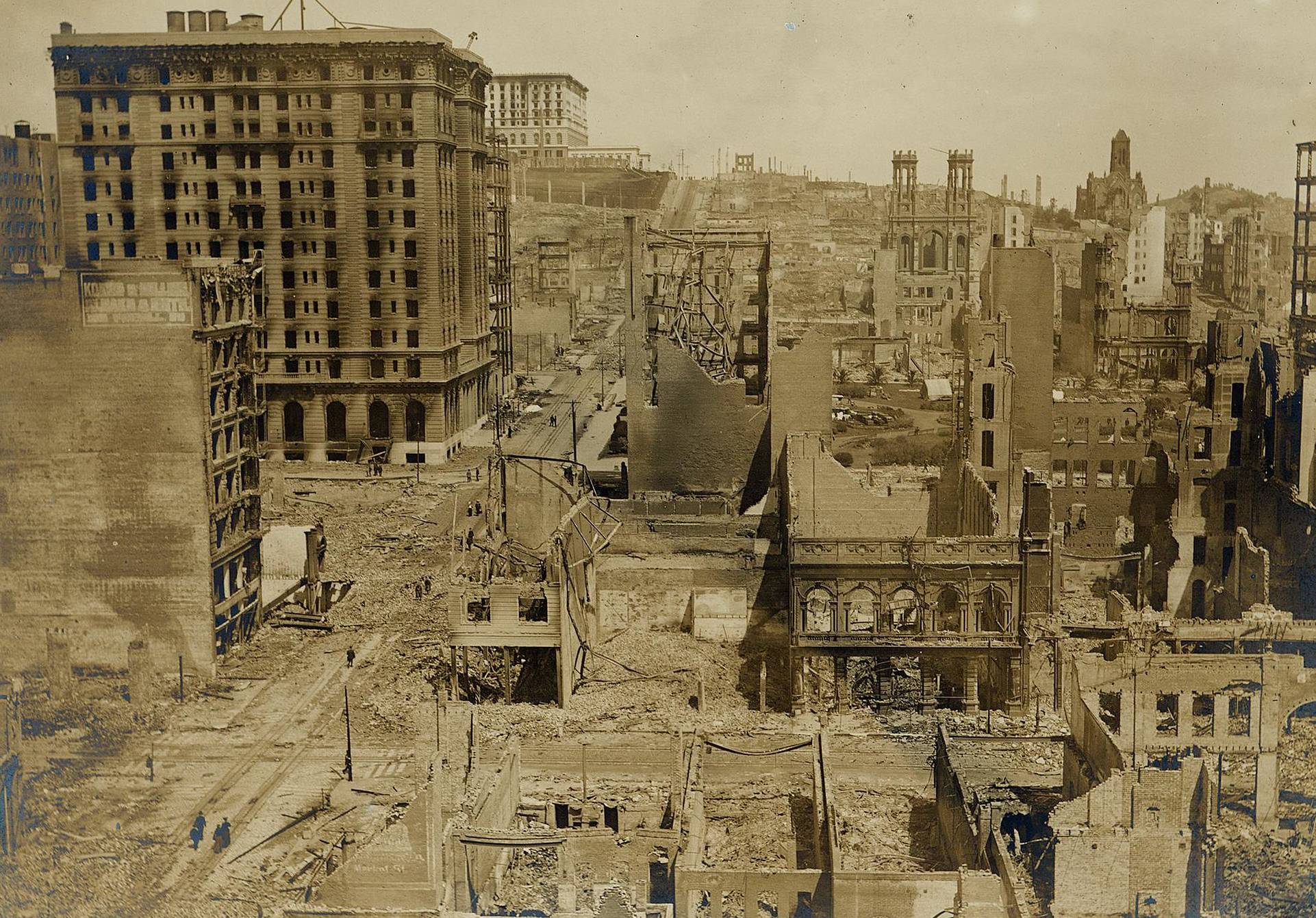 The U.S. National Archives, Flickr
The U.S. National Archives, Flickr
The San Francisco Earthquake and Fire: Fires
Hundreds of fires broke out across the city, fueled by broken gas lines. Firefighters could only watch helplessly as their water supply was drained by ruptured pipes.
The fires raged for three days, demolishing nearly 500 city blocks.
The San Francisco Earthquake and Fire: Aftermath
City officials estimated that more than 3,000 people lost their lives. And more than 28,000 buildings were destroyed leaving about 200,000 citizens homeless.
Total property value loss was estimated at $350 million.
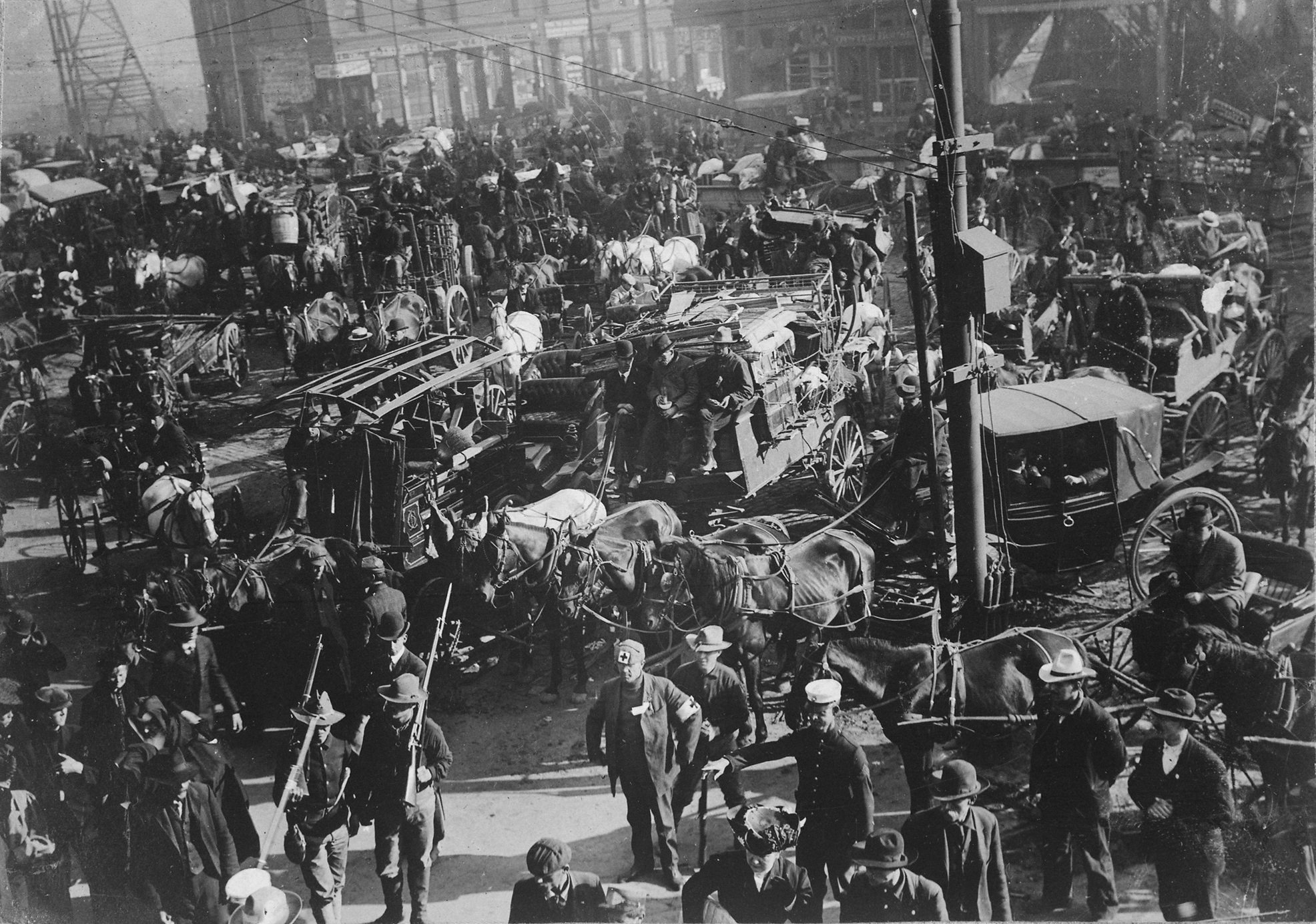 National Archives at College Park, Wikimedia Commons
National Archives at College Park, Wikimedia Commons
The Johnstown Flood of 1889
On May 31, 1889, a towering 40-foot wall of water, half a mile wide, slammed into Johnstown, Pennsylvania. In just minutes, the town was utterly wiped out.
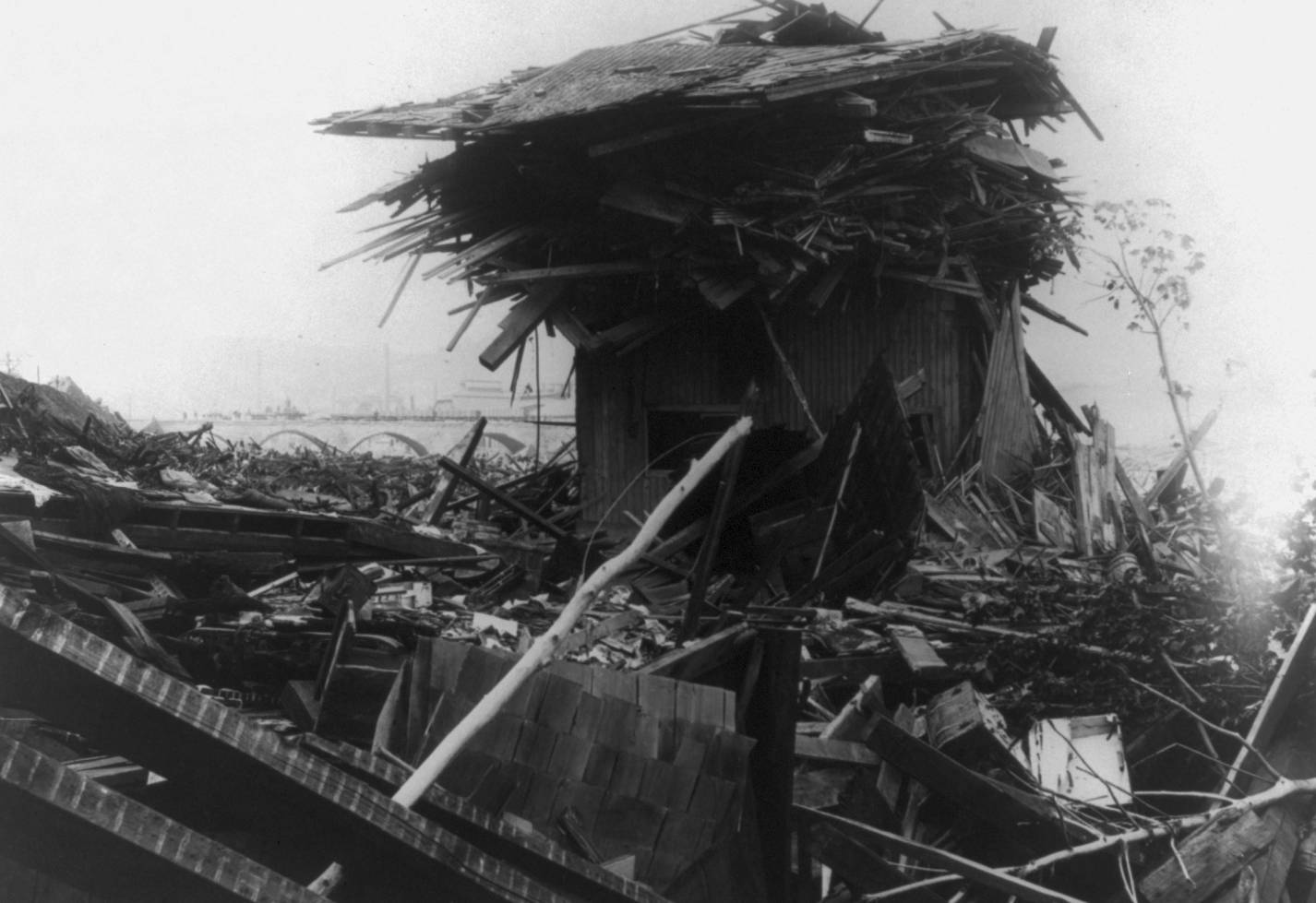 Langill & Darling, Wikimedia Commons
Langill & Darling, Wikimedia Commons
The Johnstown Flood of 1889: Fatalities
A total of 2,209 people lost their lives that day, including 99 entire families. Thousands of others were severely injured.
Bodies were recovered as far away as Cincinnati—more than 350 miles to the west.
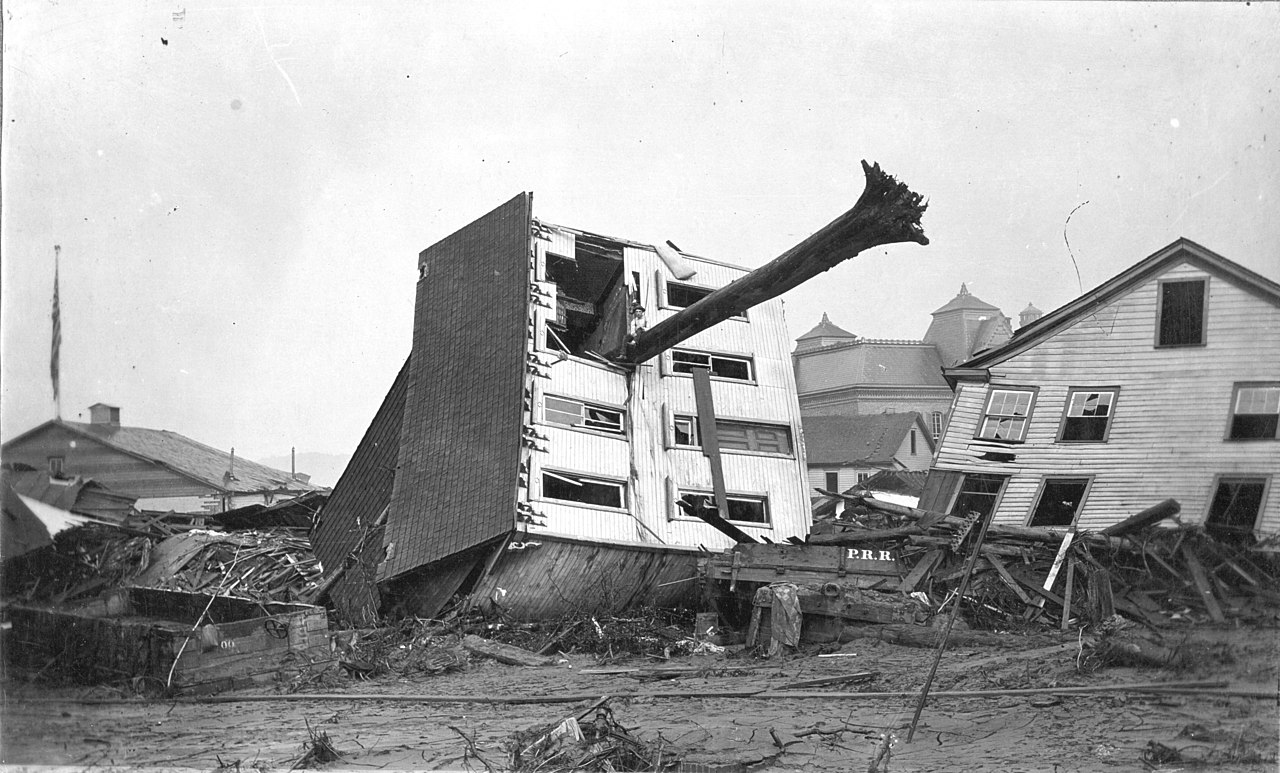 Unknown Author, Wikimedia Commons
Unknown Author, Wikimedia Commons
The Johnstown Flood of 1889: The Cause
The cause of the tsunami—which do not typically strike central Pennsylvania—was due to a dam malfunction.
A man-made reservoir holding back 20 million tons of water ruptured after several days of extremely heavy rainfall.
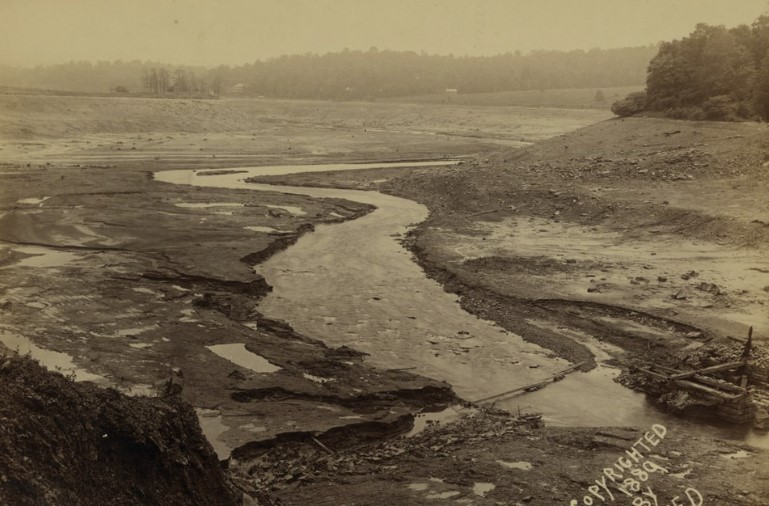 Ernest Walter Histed, Wikimedia Commons
Ernest Walter Histed, Wikimedia Commons
The Johnstown Flood of 1889: Blame
Further blame was put on the South Fork Fishing and Hunting Club, the owners of the dam, for their recent modifications to the dam where they blocked drainage pipes to maintain fish population in deep water.
Investigations ensued and the owners were not found legally responsible.
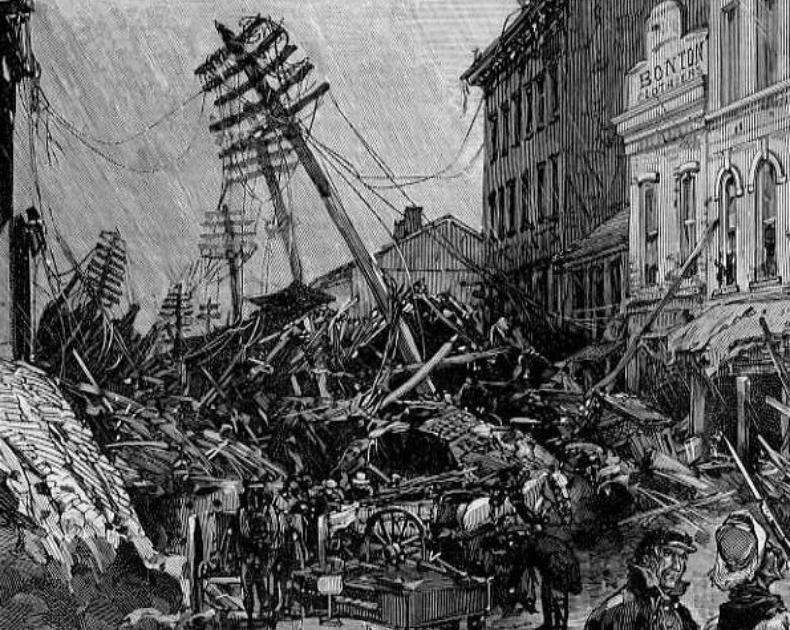 Francis Schell and Thomas Hogan, Wikimedia Commons
Francis Schell and Thomas Hogan, Wikimedia Commons
The Johnstown Flood of 1889: Relief Efforts
Even though they were not held responsible, the owners, and many club members donated thousands of dollars toward relief efforts, including building a new town library.
Damages were estimated at over $550 million.
The Johnstown Flood of 1889: Wreckage
When the dam burst, a massive wall of water thundered down the mountainside, ripping up huge trees and boulders. Gaining unstoppable speed and force, it smashed through trains and buildings, destroying everything in its path within seconds.
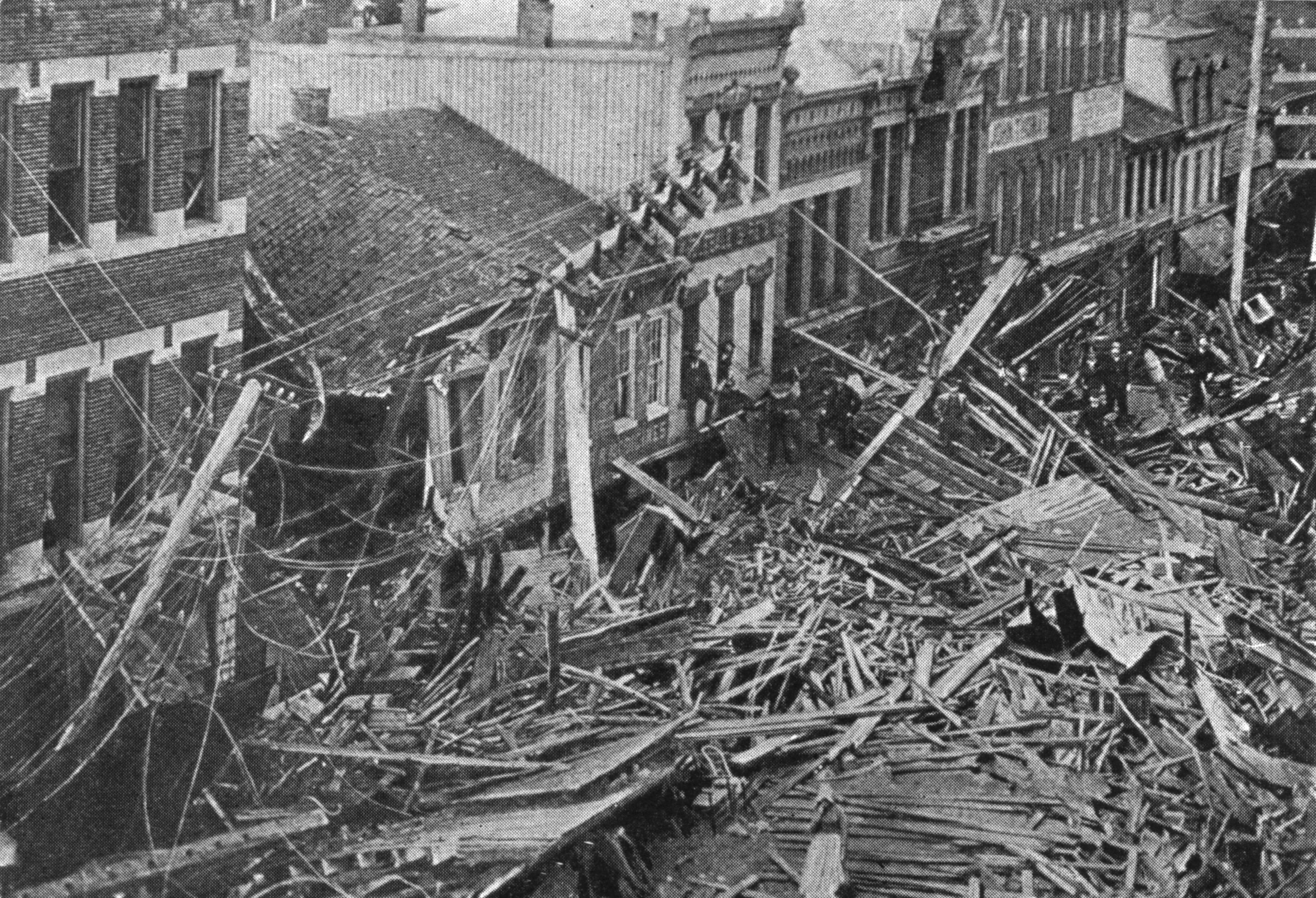 E. Benjamin Andrews, Wikimedia Commons
E. Benjamin Andrews, Wikimedia Commons
The Peshtigo Fire of 1871
On October 8, 1871, a massive wildfire burned through Wisconsin and Michigan, originating near the small town of Peshtigo.
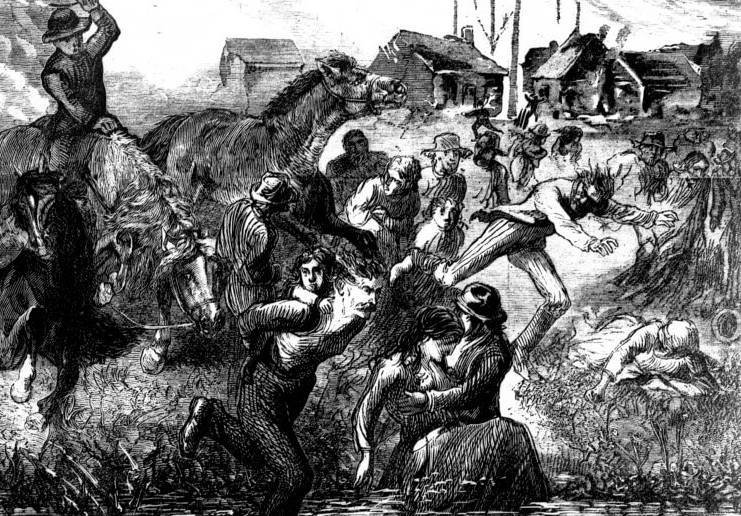 G. J. Tisdale, Wikimedia Commons
G. J. Tisdale, Wikimedia Commons
The Peshtigo Fire of 1871: Cause
Drought conditions in the upper Midwest is to blame for a string of wildfires happening at the time.
High winds sent the flames into firestorms, creating tornado-like columns of fire that were able to leap firebreaks and large bodies of water.
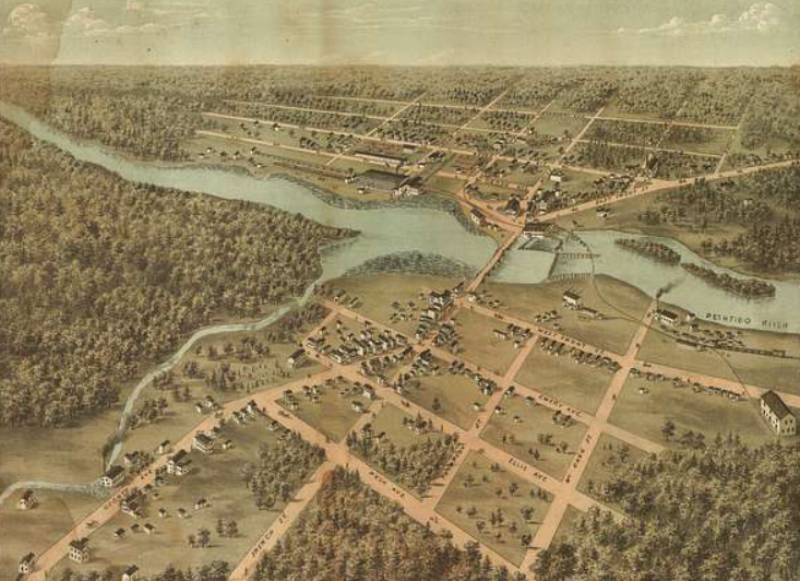 Chicago Lithographing Co.,Wikimedia Commons
Chicago Lithographing Co.,Wikimedia Commons
The Peshtigo Fire of 1871: Witness Accounts
Witnesses report the approaching inferno sounding like a freight train. A local priest described the scene: “The flames darted over the river as they did over land, the air was full of them, or rather the air itself was on fire.”
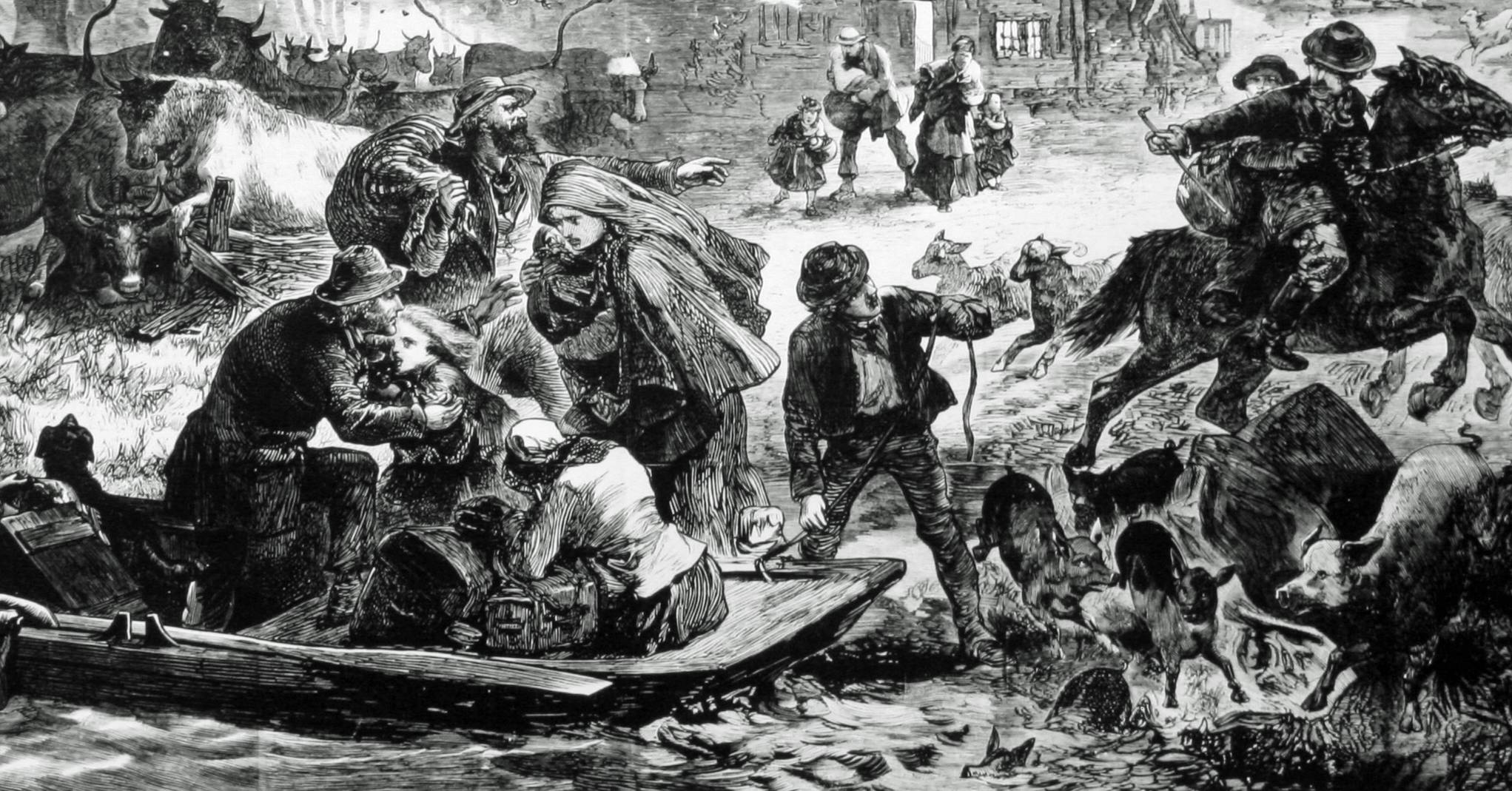 U.S. Forest Service- Pacific Northwest Region, Flickr
U.S. Forest Service- Pacific Northwest Region, Flickr
The Peshtigo Fire of 1871: Fatalities
An estimated 2,500 people lost their lives, including a group that took refuge in a water tower where the water boiled them to eternal rest.
The Peshtigo Fire of 1871: Witness Accounts
Survivors are haunted by memories of fathers who, in a desperate act of mercy, ended their families’ lives just moments before the flames consumed them—offering a tragic escape from a more brutal fate.
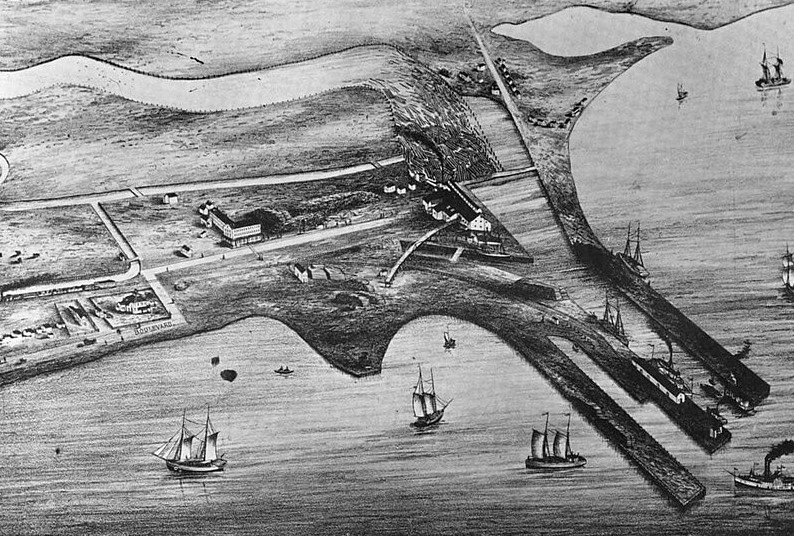 Peshtigo Times, Wikimedia Commons
Peshtigo Times, Wikimedia Commons
The Peshtigo Fire of 1871: Damage
The fire scorched 1.5 million acres and estimated about $169 million in property damage. The fire was so hot that it turned street sand to glass.
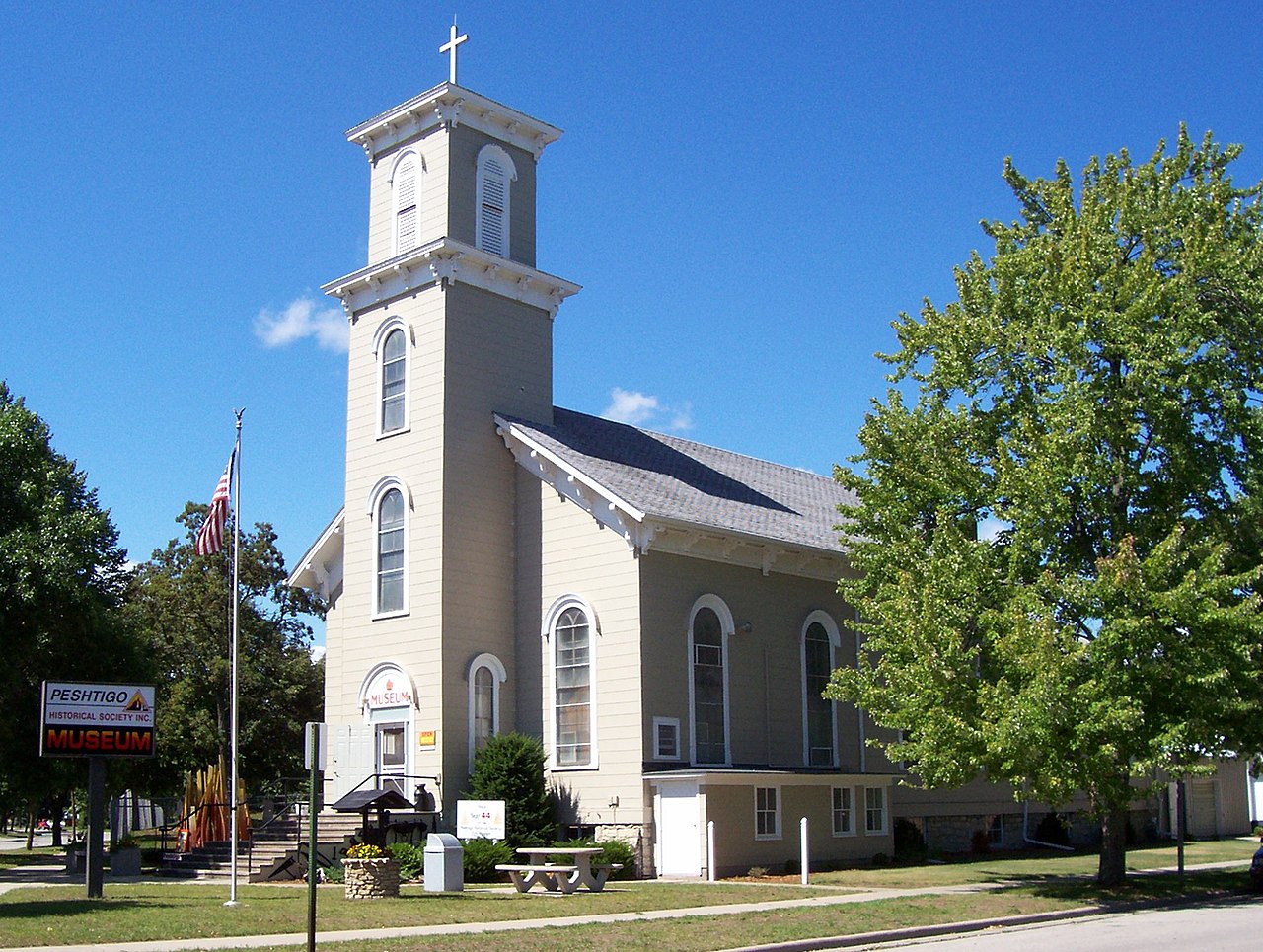 self, CC BY-SA 2.5, Wikimedia Commons
self, CC BY-SA 2.5, Wikimedia Commons
Hurricane Katrina of 2005
In August 2005, a deadly Category-5 hurricane made landfall along the Gulf Coast, devastating several U.S. states, hitting New Orleans the worst, causing catastrophic flooding.
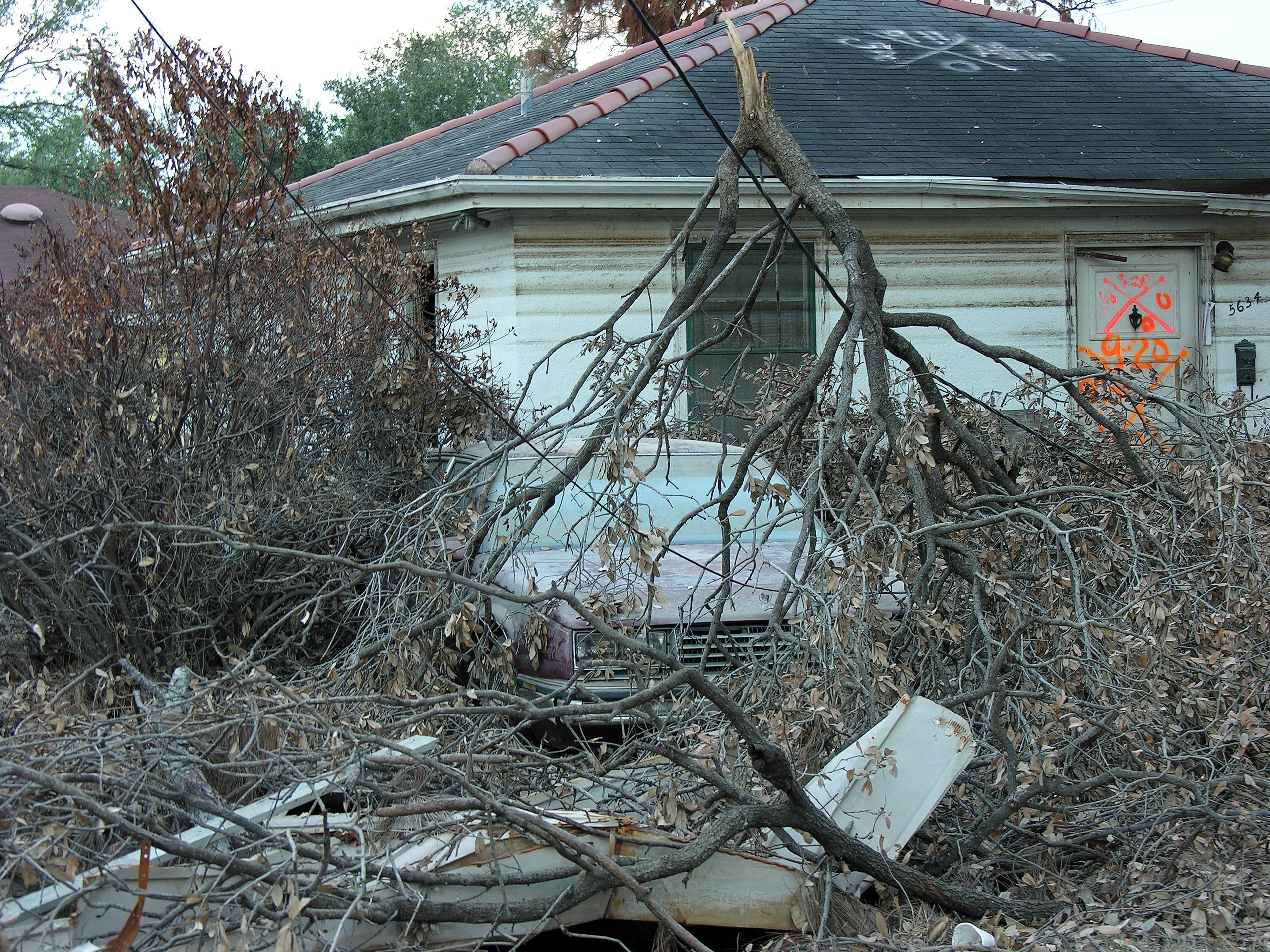 Unknown Author, Wikimedia Commons
Unknown Author, Wikimedia Commons
Hurricane Katrina of 2005: Flooding
After the initial hit of the hurricane, which completely destroyed communities, 80% of New Orleans was flooded for several weeks, which destroyed transportation and communication facilities—leaving anyone left in the city with limited resources for survival.
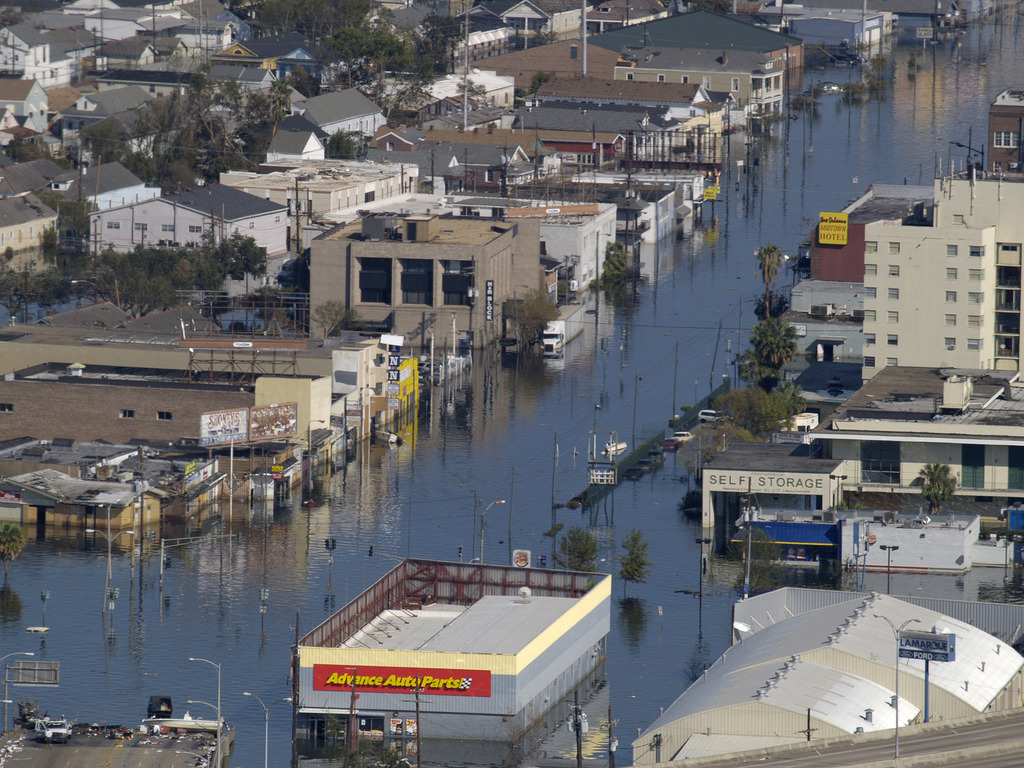 The U.S. National Archives, Picryl
The U.S. National Archives, Picryl
Hurricane Katrina of 2005: Evacuation
Tens of thousands of people were not able to evacuate prior to the event, and were left homeless on the streets with little access to food and shelter.
This prompted both national and international calls for help.
 National Archives at College Park, Wikimedia Commons
National Archives at College Park, Wikimedia Commons
Hurricane Katrina of 2005: Damage
Two-thirds of the flooding resulted from multiple failures of the city’s floodwalls. The disaster affected over 90,000 square miles and left an estimated 3 million people without power. Total property damage across all impacted areas was estimated at $200 billion.
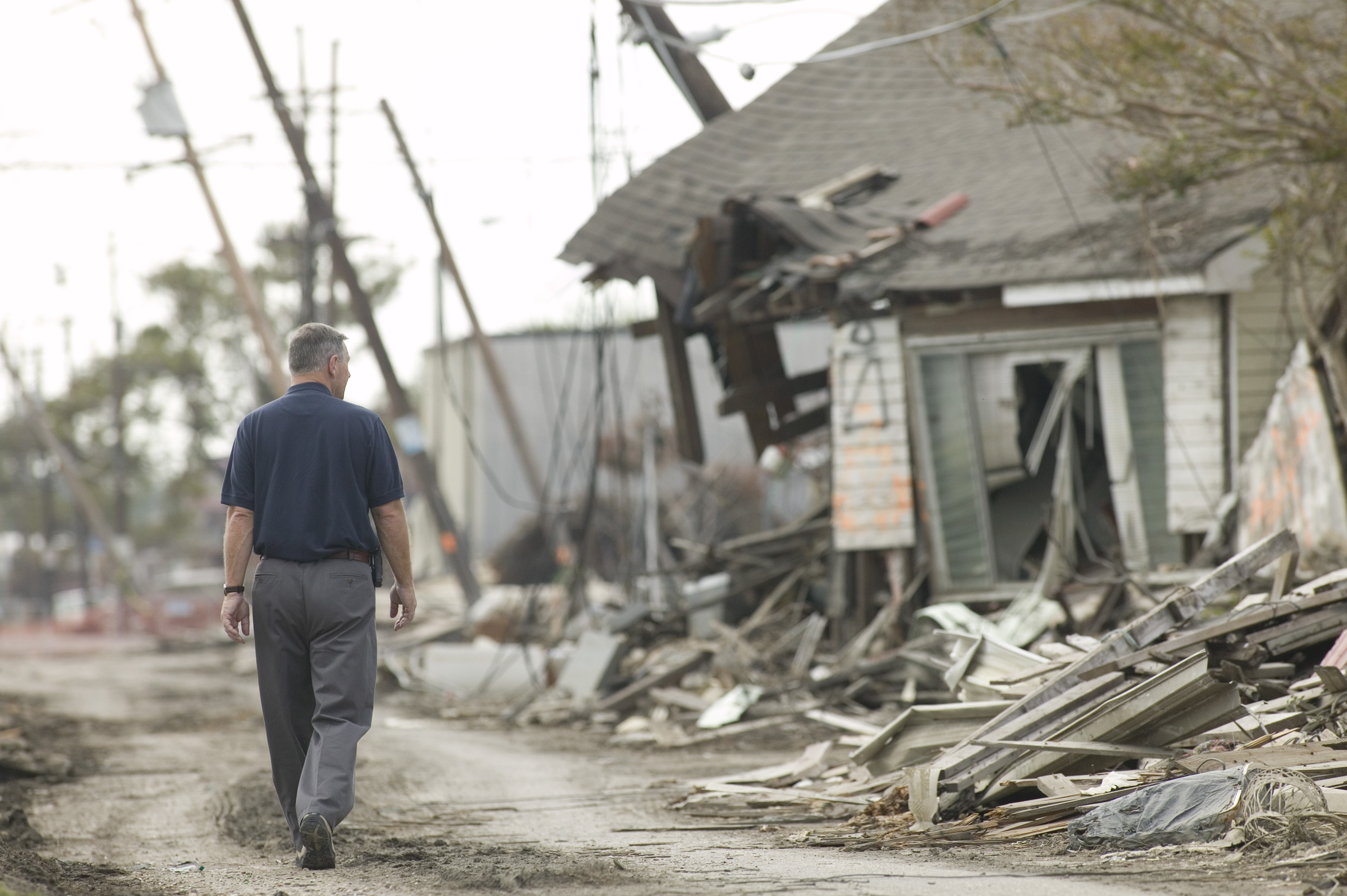 National Archives at College Park, Wikimedia Commons
National Archives at College Park, Wikimedia Commons
Hurricane Katrina of 2005: Recovery
It took months to locate all of the bodies, with over 700 recovered in New Orleans by end of October. Survivors report seeing bodies floating in flooded streets for weeks before anyone was able to get to them.
 Jocelyn Augustino, Wikimedia Commons
Jocelyn Augustino, Wikimedia Commons
Hurricane Katrina of 2005: Fatalities
Total fatalities are estimated at 1,836—but this number is often disputed as several people remain unaccounted for to this day.
This includes a number of prisoners who were abandoned in their cells during the storm and were later “unaccounted for.”
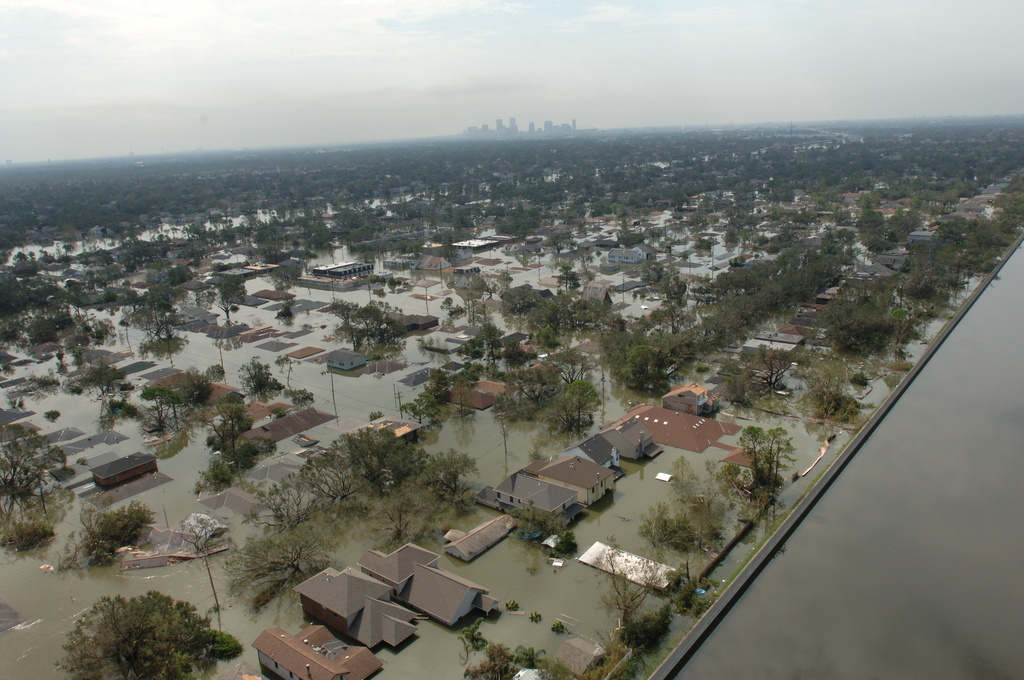 The U.S. National Archives, Picryl
The U.S. National Archives, Picryl
Hurricane Maria of 2017
Although there are numerous hurricanes that rocked the US with immense damage, new data from Harvard public health researchers claim Hurricane Maria, which tore through Puerto Rico on September 20, 2017, the second deadliest hurricane in U.S. history.
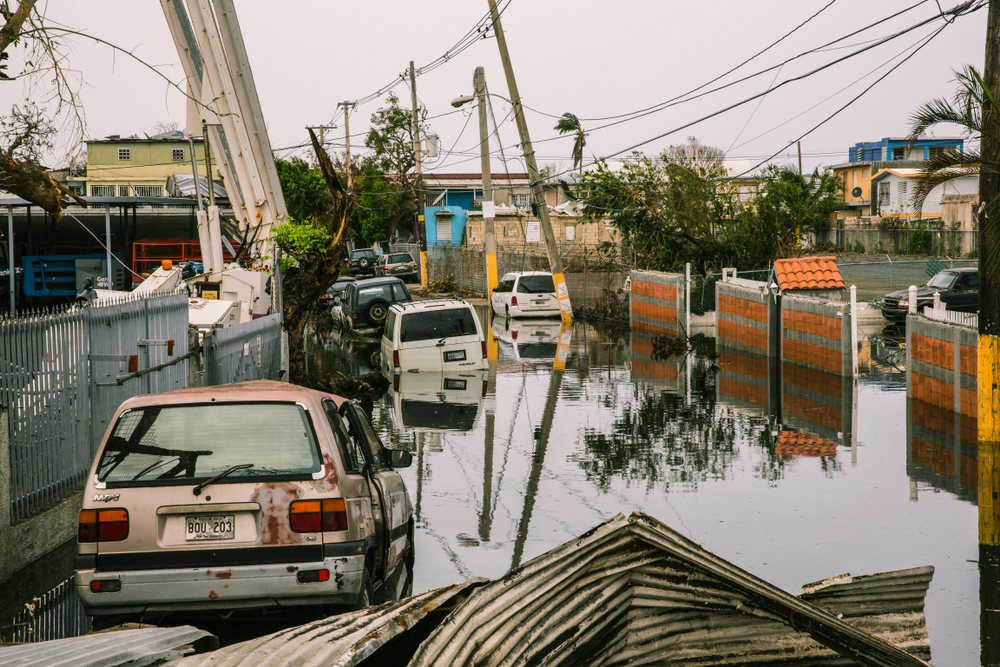 Alessandro Pietri, Shutterstock
Alessandro Pietri, Shutterstock
Hurricane Maria of 2017: A Super Storm
Hurricane Maria was a Category-5 tropical cyclone that completely devastated the northeastern Caribbean, particularly in the US territories of Puerto Rico and the US Virgin Islands.
Hurricane Maria of 2017: Wreckage
Beyond devastating floods and destroying homes and infrastructure, the hurricane triggered the worst blackout in US history—one that lasted for months. Total property damage was estimated to exceed $92 billion.
Hurricane Maria of 2017: Fatalities
It was months before a somewhat accurate fatality count was made, given the magnitude of devastation.
The final number was estimated at 4,645 people, with numerous missing persons, and countless injuries. Hurricane Maria claimed more lives than 9/11 and Hurricane Katrina combined.
Final Thoughts
Sadly, if we went back to the beginning of time, this list would be never ending. Hurricanes alone have completely devastated the U.S. on numerous occasions, leaving lasting effects for decades.
Many of the natural disasters this nation has experienced stay deep-rooted in our memories as some of the worst events in history.

